After 1948, Palestinian society found itself dispersed in the wake of the Nakba. Resistance and survival became crucial to a population forced either into exile or condemned to live under ongoing Israeli occupation. In this chapter, Palestinians expand beyond their homeland with the growing diaspora caused by unceasing Israeli hostilities towards the indigenous people–those who managed to remain within Palestine and the West Bank, as well as those in the neighboring states that received Palestinian refugees. The divided stances of the militarily weakened postcolonial Arab nations contrast with the ardent determination of grassroots groups of fedayeen (armed guerilla groups usually fighting against the state of Israel) which would slowly give way to organized political associations such as the Palestine Liberation Organisation (PLO) and the Popular Front for the Liberation of Palestine (PFLP).
During these decades, international organizations, including the recently established United Nations (UN), repeatedly issue warnings and condemnations of the state of Israel’s aggression towards Palestinians and their neighbors but fail to consummate any consequences for the newly established ethno-state. The onset of the Cold War pitted two superpowers against each other who were both eager to exert influence in the Middle East, and the state of Israel played its role between the US and the USSR as both vied for power in the region. The double-standards towards Palestinians today were established through the slow erosion of international mechanisms which became utilized, not as expert ethics committees to avoid war, but as a way to exert control and advance the economic and military interests of the world’s new power configurations.


The result of the Nakba and the First Arab-Israeli War was the dispossession of Palestinian land and the implementation of the Zionist agenda within the newly occupied territories through military conquest and legal prohibitions. Jumana Manna’s acclaimed film Foragers (2022) visualizes and reconstructs the processes of theft and alienation produced by settler colonialism in Palestine. The film follows foraged goods on their journey from wild grasses to the kitchen table and the knowledge embodied in the hands that pick them. The ancestral connection with the Palestinian flora is a virtue passed down through generations who have tended and cared for the land. In the field, knife-bearing hands pick and dethorn the akkoub, gathering it in plastic baskets that are later emptied on the ground for neighbors to buy and prepare. Interspersed through these scenes is footage from Israeli courtrooms in which traditions of foraging are outlawed. Bird’s eye shots of private homes or walks through nature, paired with audio reminiscent of technological devices, evoke the surveillance that Palestinians are constantly subjected to. The forced removal of the Palestinian population from their homeland and the use of lawfare as a tool to imprison and impoverish the native population is used here as a tool of dispossession, one of many Zionist devices intended to erase the Palestinian way of life.

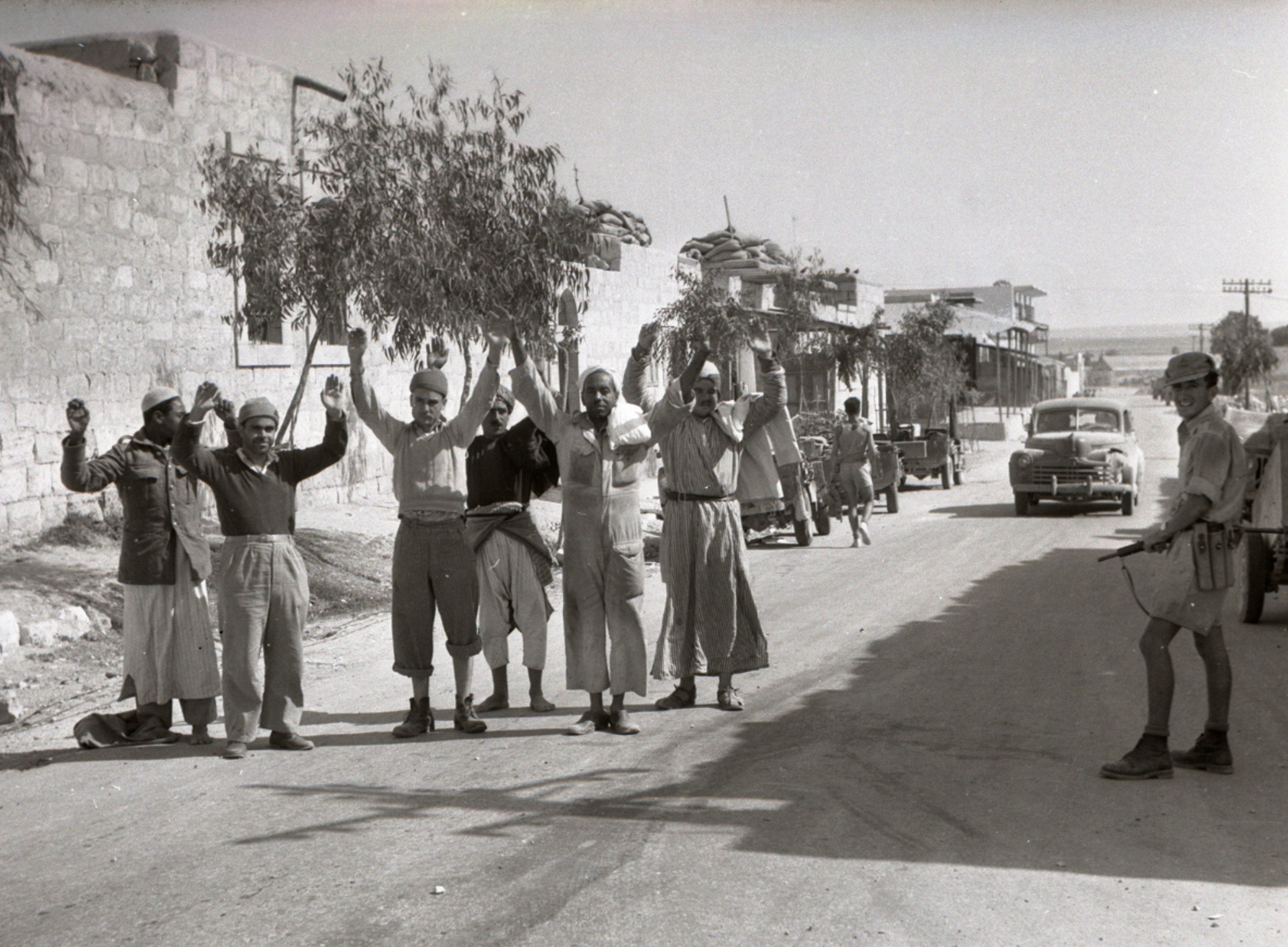
Following the establishment of the state of Israel and the withdrawal of British soldiers and administrators on May 15, 1948, the militaries of Saudi Arabia, Iraq, Syria, Lebanon, Jordan, and Egypt invaded. They were united in their belief that there should be no Zionist state, yet, each sought to claim control over the region. The Arab forces imagined a swift victory over a territory whose own people were fighting the Zionist arrivals, and were able to keep the Israeli army at bay, until a brief truce that lasted from June 11th to July 8th. During the first truce, Israel began to receive shipments of weapons from European states, and to reinforce its troops with new European arrivals. They continued taking Palestinian towns one after another between intermittent truces, until capturing the entire Negev and Galilee. By early 1949, Israel, the winner of the first Arab-Israeli war, controlled 77% of pre-Nakba Palestine.
Excerpt: Jumana Manna / Foragers, 2022
The conclusion of the First Arab-Israeli War in February of 1949 put an end to hostilities with foreign armies, but did not quell the continuing resistance of displaced Palestinians who organised themselves into guerrilla groups and political organizations. An armistice agreement was signed between Israel and the Arab forces except Iraq, and established Israel as a country considered a pariah by all of its surrounding neighbors. Palestinians were left alone to deal with Israel’s newfound borders as a swelling displaced population created a significant diaspora and continuous internal struggle.
The armistice did not give way to a peace treaty. The risk of a new conflict permeated the region, often resulting in violent eruptions and mass-arrests of Palestinians. The Arab world’s discourse based on decolonial Pan-Arab Nationalism, Pan-Syrian Nationalism, Communism, and other ideological currents conjoined to obstruct the Zionist agenda. This all developed as the world pivoted into the Cold War in which blocs emerged around superpowers engaged in proxy conflicts and guerrilla warfare.
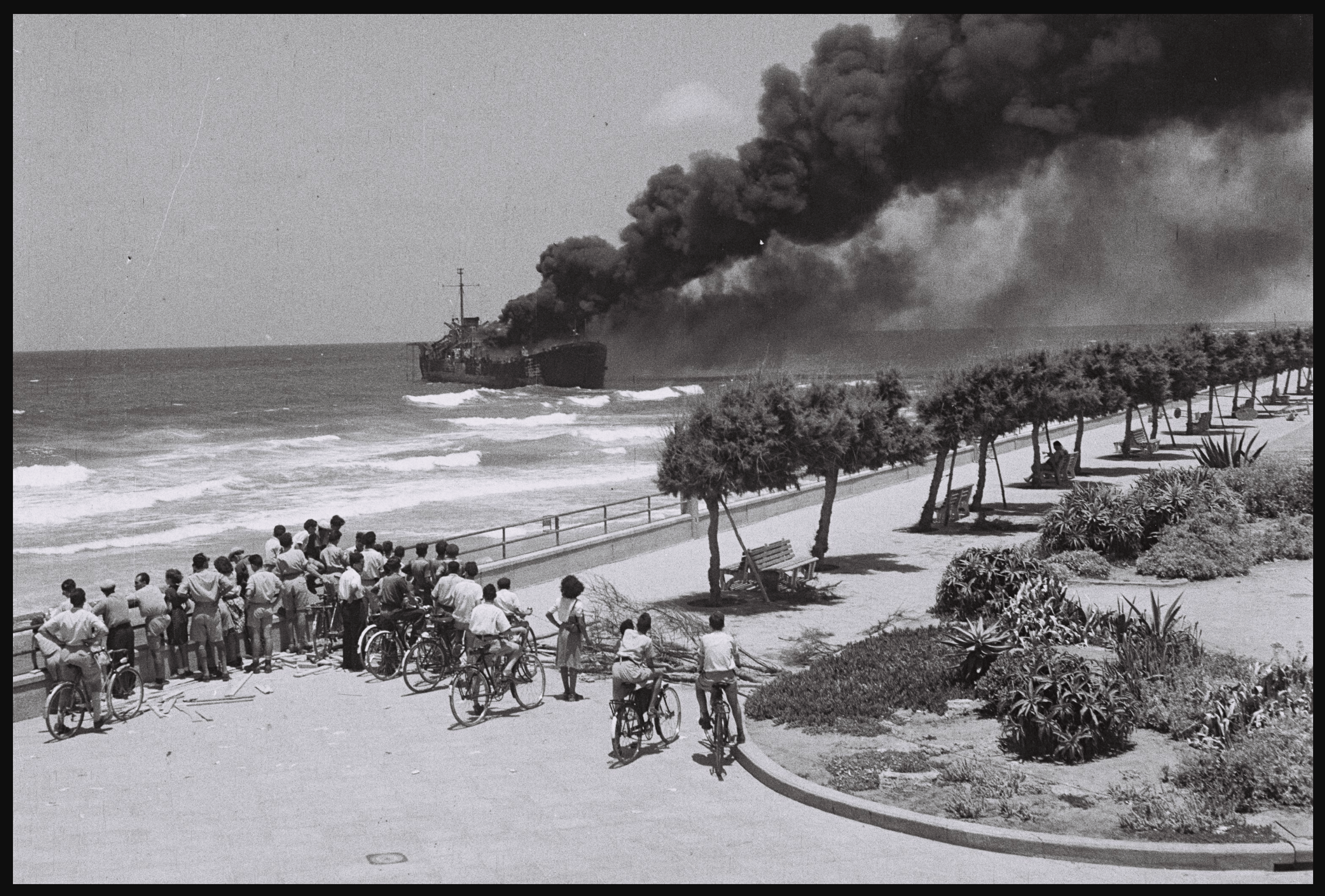
The ship, Altalena, on fire after being shelled near Tel-Aviv. Altalena was a ship of the right wing zionist organization “Irgun,” which tried to give weapons to the fighters of Irgun in Israel. The Israeli government refused the existence of weapons furnitures without the control of IDF, and fought against the boat (June 1948). Niday Picture Library

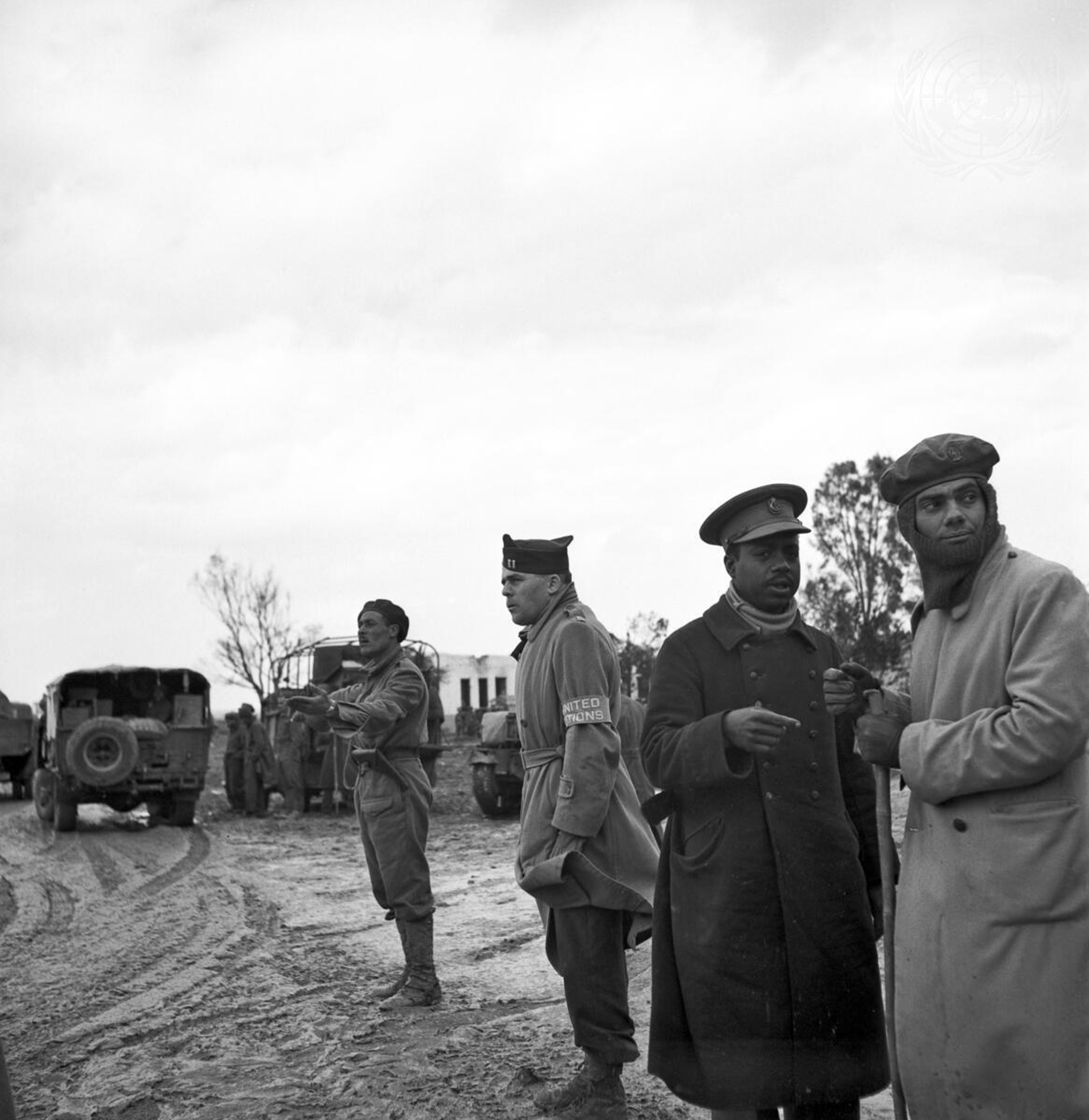
Egypt entered into direct conflict with the state of Israel in the First Arab-Israeli War. At the conclusion of the military conflict, it integrated the Gaza Strip into its territory in February 1949. However, unlike Palestinians in the West Bank, who were granted Jordanian passports, Gazans were categorized as “stateless.” The population lacked political autonomy, as Egyptian authorities prohibited Palestinian political leadership from forming. Egypt’s September 1950 agreement with the UNRWA solidified the country’s authority, assigning administrative authority over the refugee population in Gaza, and formalizing the UNRWA's status within Egypt’s jurisdiction.
By 1951, Egypt restricted Israeli vessel entrance into the Suez Canal and Straits of Tiran—impeding the development of Israeli trade and economy. While the UN made the country lift its naval embargo in June, tensions only deepened after Gamal Abdel Nasser's rise to power in 1954. The success of the new ruler’s 1952 coup was made possible by King Farouk I’s diminished popularity, largely a result of Egypt’s humiliating defeat at the hands of Israel. Separating himself from his predecessor, then, Nasser pursued pan-Arab policies and was vocally against Imperialism, putting him at odds with Israeli occupation.
Excerpt: Jumana Manna, Foragers, 2022
It was thus that in February 1955, Israel launched Operation Black Arrow; an attack on an Egyptian police station in the center of Gaza. Palestinians, eager to defend themselves, staged a set of protests on March 1, 1955, which demanded that Egypt provide them with weapons, and rejected a plan to move them to the Sinai peninsula. Self-organized Palestinian militias fought for their right to return to their native land, while the Israeli military retaliated by launching attacks against Egyptian soldiers. Months later, moved by international pressure—including U.S. threats of economic sanctions—Egypt and Israel signed a ceasefire agreement on September 4, 1955. Still, neither side changed their positions. In the same month, crossfire began directly between Israeli and Egyptian outposts.


Rosalind Nashashibi dedicated this series of paintings to Gaza. Stamped with the recognizable letters of the acronym UNRWA, the work suggests the persistence of grace amongst the besieged. The uncountable horrors of Israeli-enforced famine and the slander against international peacekeeping bodies are represented here in the form of birds—symbols of destiny or omens—that portray the UN agency’s fragile status and contemporary political crises. What began as an agency to deal with an urgent, man-made refugee crisis in Palestine instantly became a sore spot for Zionism, which views the UNRWA’s existence as a threat to its plans for dominance and obstruction of Palestinian’s right of return. Yet, swans are also the representations of grace, beauty, love, and fidelity, the very qualities we have witnessed within the selfless civilians who still care for themselves, their families, neighbors, and all of Gaza’s living beings. Swans are creatures of dignity whose feathers nonetheless unfurl as they face empty pots, revealing the state of grief and anxiety of a population whose access to food and aid Western powers have illegally cut due to unproven allegations made by a politically motivated Zionist expansionism.

Rosalind Nashashibi / Gaza, 2021
![Black and white image of Palestinian, Nimer Muhammad Shurbaji, bringing home the family rations he just got from the UNRWA's food distribution centre. [Location: Magazi Camp near Gaza]](https://assets.collecteurs.com/articles/18d64763-f56a-4faf-83a4-2d60edce33a4.jpg?width=1600&height=1601.2588512981904&fit=cover&dpr=2&bucket=collecteurs)
On May 11, 1949, the United Nations Relief and Works Agency for Palestinian Refugees (UNRWA) was established at the same time that Israel joined the United Nations with a single vote against its membership from Egypt. UNRWA's mandate includes offering education, healthcare, social services, and emergency aid to millions of Palestinian refugees residing in Jordan, Lebanon, Syria, the West Bank, and the Gaza Strip as well as addressing the ongoing disaster and human rights abuses in Palestine. Its parent organization, the United Nations (UN), was established on October 24, 1945, with the aim of achieving world peace through dialogue between nations. From the very beginning, smaller nations were forced to acquiesce to the demands of the “Big Five” holding veto power in the Security Council, which included the United States, China, Russia, the UK, and France.

Rosalind Nashashibi / Swans and Pots (four), 2024
In June 1951, Israel submitted a complaint to the United Nations about Egyptian interference with shipping in the Suez Canal and Straits of Tiran—Egypt did not recognize Israel. It had blockaded shipments through its territorial waters in coordination with a boycott by the Arab League. The UN ruled in favor of Israel, declaring the boycott to be a hostile act of war. While Egypt was made to lift its naval embargo, the numerous UN condemnations of Israel’s aggression towards Palestinians and its neighbors in Egypt, Jordan, and Syria went largely without consequence.
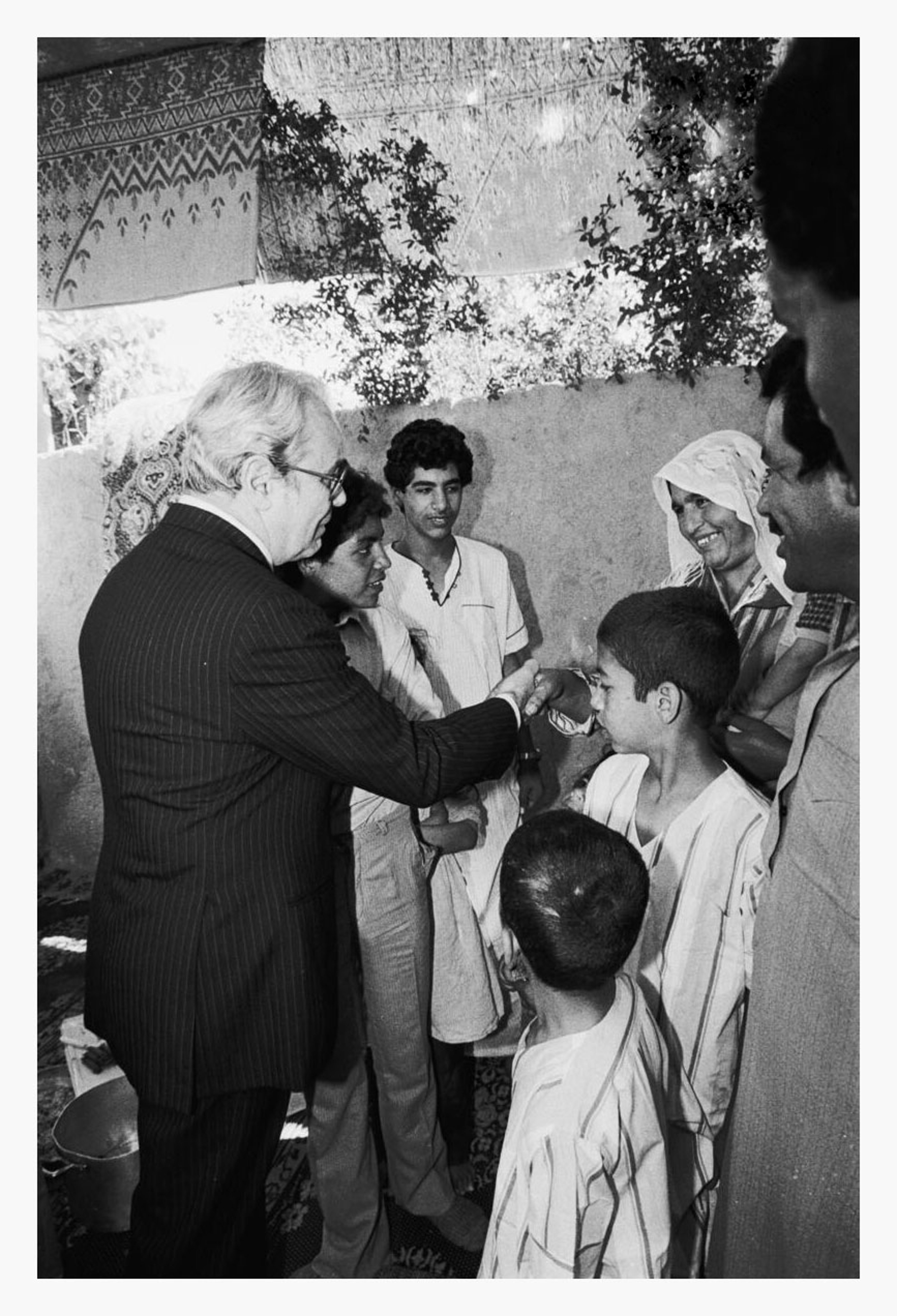
Secretary-General, Javier Perez de Cuellar, speaking to a family at UNRWA’s Baqa’a Refugee Camp. 11 June 1984. UN Photo
From 1967 on, the UN published numerous condemnations against Israel as well as deploring Israel’s attempts to block UN special forces from operating within established territories. To this day, Israel is contravening over 30 UN resolutions including: Resolution 446 prohibiting the construction of Israeli settlements in post-67 territories; Resolution 252 demanding the reversal of the annexation of Jerusalem; Resolution 497 demanding the reversal of the annexation of the Golan Heights; and Resolution 487 demanding that Israel open its nuclear sites to international inspection. Resolutions concerning Israel have failed to implement concrete sanctions or consequences should they be violated, leading to the deterioration of the authority of the UN as an international peace-keeping body.
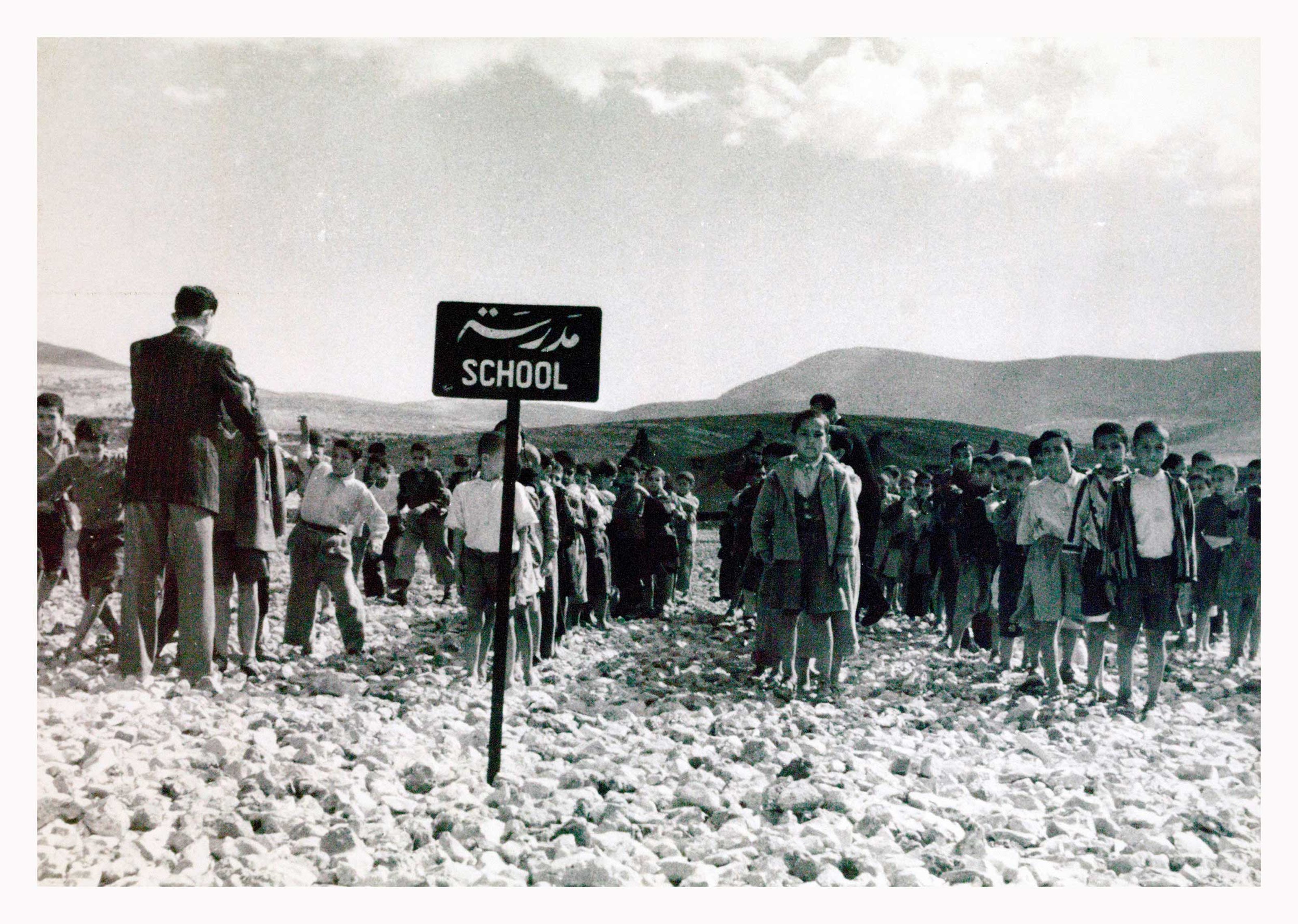
Image: In its first year, UNRWA opened 93 schools across the region with some 35,000 students. Some, as in this picture from a boys’ school in Jalazone refugee camp in the West Bank, were mere tents set up on the sand. West Bank. By the 1960s, education had become the largest of UNRWA’s programs. UNRWA Photo Archive
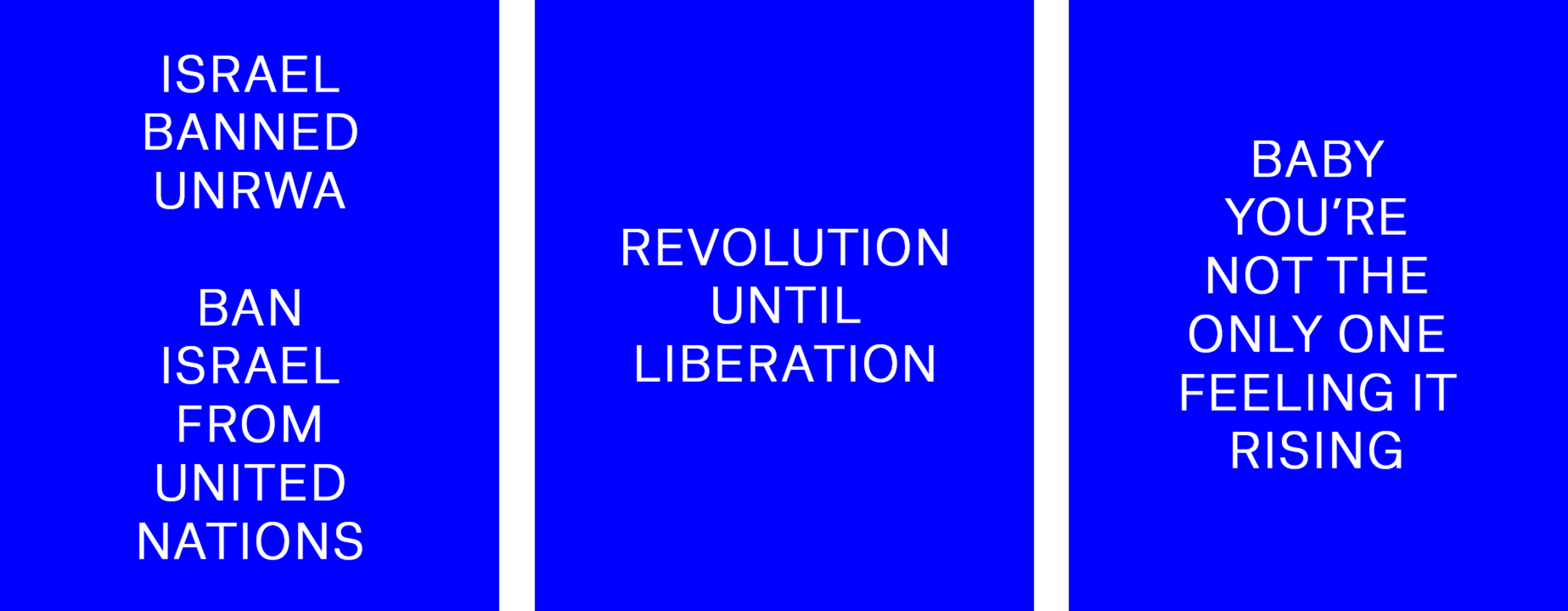
Oralkan \ Three Wishes (Triptych I), 2023-2025 (Archival algorithmic readings from the Horrorscope series on Collecteurs)

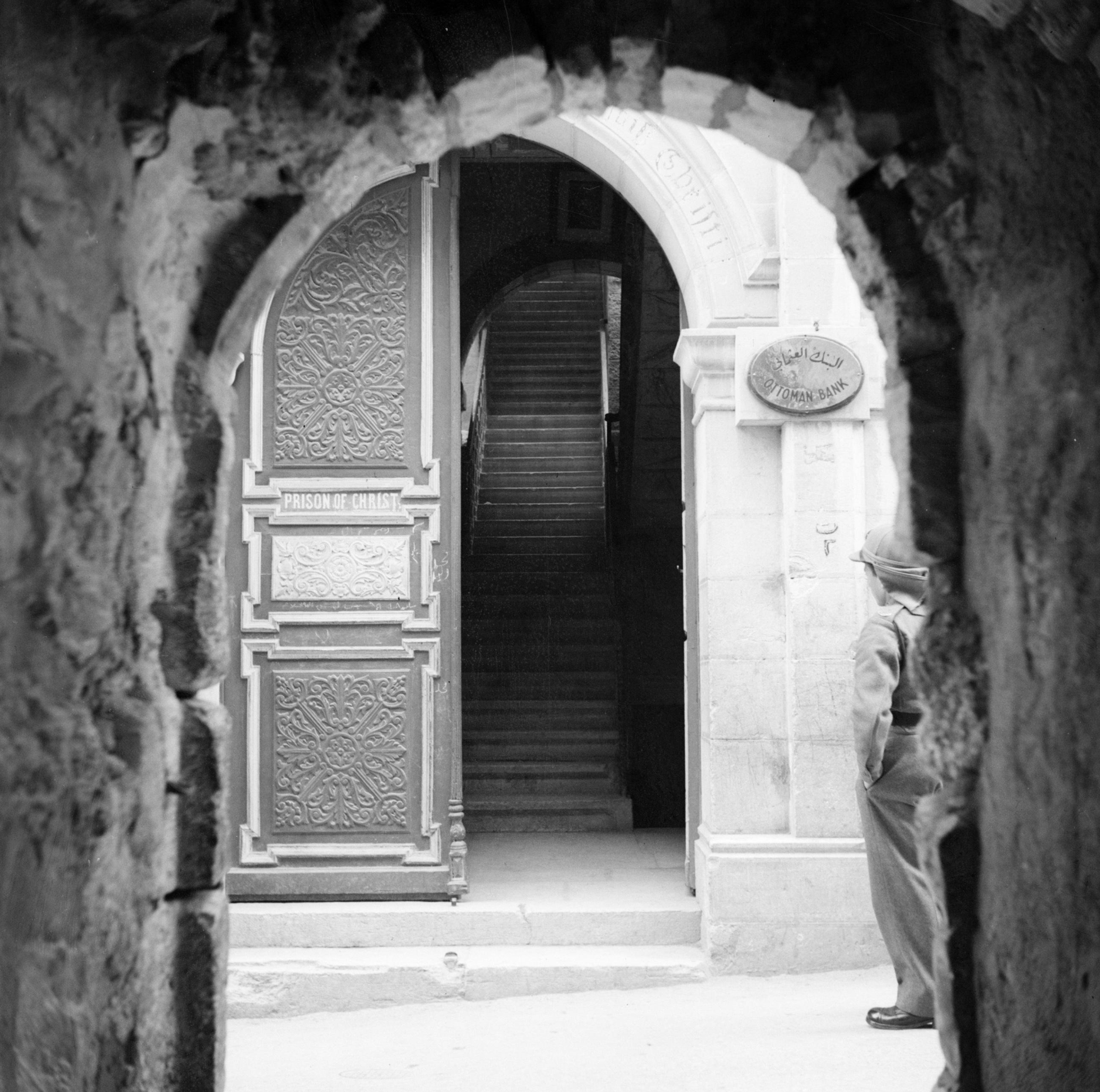
Property laws and territorial claims have served as legal tools in the Israeli occupation of Palestine, especially regarding Jerusalem. Following Israel’s Declaration of Independence, the Jerusalem Law was made on the 23rd of January, 1950, declaring the city to be Israel’s “eternal” capital. Paired with extensive infrastructural efforts, the law asserted Israeli sovereignty over West Jerusalem, while Jordan retained control over East Jerusalem. In March 1950, the Absentee Property Law was passed by the Israeli Knesset, further complicating Jerusalem's dynamics of demographics and land. The legislation permitted Israel to seize property left behind by Palestinians displaced during the 1948 Nakba, effectively enabling the expropriation of homes and lands from those deemed "absentees" by the state of Israel. Over time, such policies expanded through legislative measures, including the annexation of East Jerusalem in 1967, which extended Israeli municipal boundaries and facilitated the establishment of settlements on seized land.
Subsequent decades saw the institutionalization of discriminatory land policies, such as the 1969 Land Law, which consolidated earlier regulations into a unified framework favoring Israeli claims. Mechanisms like land reclassification, military orders, and zoning regulations allowed uncultivated or undocumented land to be declared "state land," nature reserves, or military zones, barring Palestinian habitation while preserving land for future settlements.
Israel’s occupation efforts continued with the Judaization of Galilee. In the autumn of 1975, the Israeli government approved projects to develop Galilee, confiscating Palestinian land under pretexts such as designating it for military zones or public use. On March 30, 1976—now referred to as Land Day—a general strike and mass protests erupted in response to these policies. In subsequent years, legislative actions like the 1979 decision to permit Israelis to purchase land in the West Bank and Gaza Strip and the 1980 Basic Law on Jerusalem—which declared Jerusalem "complete and united"—further entrenched Zionist plans. Through these laws, administrative mechanisms, and militarized policies, Israel systematically reshaped the territorial and demographic realities in Jerusalem, Galilee, and beyond.


Rosalind Nashashibi’s work is known for its critical historical consciousness, explored through the mediums of painting and filmmaking. The film Hreash House (2002) follows a Palestinian family in Nazareth during Ramadan, analyzing family structures and how they are maintained during times of worship while operating under a disjointed and repressive state. Close community bonds resist the onslaught of individualist homogeneity as shown through Nashashibi’s analog camera.
The film depicts the house as a central site for the survival of a Palestinian family residing in the city of Nazareth. It was produced in 2002, during Ramadan, and concurrent with the second intifada. The film documents a particularly harsh moment for the Palestinian community inside Israel, who suffer an occupation of the soul and search for any form of normality during this month of fasting. The home hence becomes a shelter, providing safety and togetherness. Rosalind Nashashibi’s signature painterly compositions capture the motions of a non-nuclear family as they navigate an intimate architecture that serves as a nexus for their connections, both to each other, and to a wider community. Home members, friends, and visitors enter and exit seeking to perform rituals, exchange information, and share food at the table. The film’s last scenes portray an Iftar, when all the daughters return to their childhood home with their new relatives.
Rosalind Nashashibi / Hreash House, 2002 (Full film)
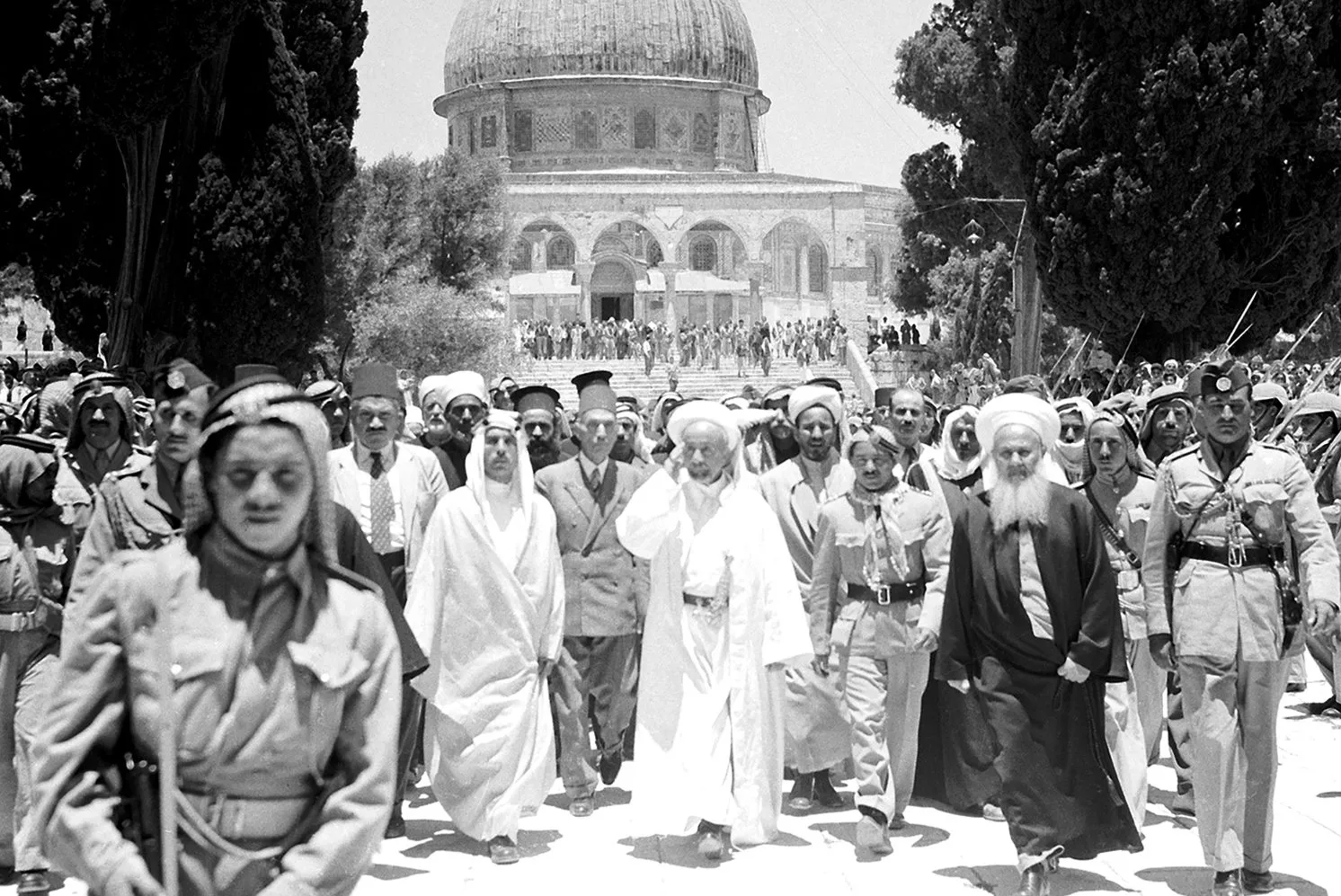
In the aftermath of the First Arab-Israeli War, the Hashemite Kingdom of Jordan gained control of the West Bank and East Jerusalem on April 24, 1950. The territory would remain under Jordan’s jurisdiction until it was occupied by Israel in 1967 during the Six-Day War, and Jordan continued to press its claim to the area until it renounced the claim in 1988.
For Jordan, the incorporation of the West Bank represented substantial territorial expansion and a significant increase in population, including a large number of Palestinian refugees from the Nakba. Palestinians were granted Jordanian citizenship and representation in parliament, but the move was met with opposition from some Palestinian groups as well as countries like Saudi Arabia and Egypt who feared it would undermine the Palestinian cause. This annexation faced internal opposition from different groups of Palestinians for several reasons. Many felt the move compromised their distinct national aspirations and resulted in a loss of sovereignty and political representation, as Palestinians in the West Bank were now under Jordanian rule. Additionally, many refugees viewed the annexation as a distraction from the core issue of returning to their homeland.
The relationship between Jordan and Israel was uneasy as many Palestinians attempted to cross the border in order to return to their homes or retrieve portable belongings. This led to events such as the Wadi Arabi Incident in which 28 Palestinians were found walking in states of extreme dehydration after being abandoned by Israeli forces in the desert for crossing the border - the original group had numbered 100. On October 14, 1953, the Qibya massacre took place which put Israeli and Jordanian military forces in direct confrontation. On November 13, 1966, an Israeli raid into the West Bank village of Samu pushed the situation to a new limit as the Jordanian monarchs who made secret treaties with Israel to dismantle Palestinian resistance were exposed. Palestinians organised against Jordan while Israel fired at Jordanian military vehicles in an event that ultimately resulted in the Six-Day War.


The mass detainment of Palestinians—which often involves imprisonment without a fair trial—disrupts the functioning of families and communities living under Israeli occupation. Akram Al-Ashqar’s film First Picture (2006) follows a young boy, Nour, who was born in an Israeli prison. Nour, meaning "light" in Arabic, was aptly named after the hope and comfort his presence brought to female prisoners in dark cells, illuminating their spirits in the midst of despair. The camera films Nour’s first steps as he exits the detention center he spent his first years in, confined within its opaque walls. Nour’s mother, Manal, was detained while pregnant for participating in the resistance against the occupation in the Tulkarm Camp for Palestinian Refugees. Though originally meant to be a temporary site for displaced Palestinians from the 1948 Nakba, the building eventually transformed into a long-lasting camp built on shoddy infrastructure and condemned to the poverty of those forced to flee with nothing.
Akram Al-Ashqar / First Picture, 2006 (Full film)

While the Nakba was a flash point of the massacre of Palestinians by the Israeli militias, the end of the First Israeli-Arab War was not the end of violence. In 1953, Ariel Sharon's Unit 101 perpetrated the Qibya Massacre. This involved Israeli forces entering the village at night, placing explosives around buildings, and firing on villagers who tried to flee their homes. Of the 69 victims, many were women and children trapped in demolished buildings. The attack was condemned internationally, including by the UN Security Council and the U.S. State Department. During the Khan Yunis Massacre of 1956, Israeli forces entered the Palestinian refugee camp and town, resulting in the deaths of Palestinian civilians, with varying accounts of the total casualties.
In the aftermath of 1967's Six-Day War, several incidents occurred as Israel established control over newly occupied territories. In Rafah, operations to widen roads in the refugee camp led to homes being demolished with residents still inside. The 1970s saw continued military operations in Palestinian areas, including the systematic demolition of homes in Gaza refugee camps between 1969-1971, ostensibly to create security corridors, which resulted in civilian displacement and casualties. The 1982 Lebanon War, while primarily focused on Lebanon, also impacted Palestinian refugee camps, particularly during the siege of Beirut, where Palestinian civilians faced bombardment alongside Lebanese residents.
A notable pattern during this period was the use of collective punishment, including home demolitions and curfews, which often resulted in civilian casualties. For instance, in 1967, residents of three villages in the Latrun area—Imwas, Yalo, and Beit Nuba—were expelled and their villages destroyed. Operations often followed a similar pattern: military forces would enter an area, sometimes at night, and civilians would be caught between curfew enforcement and military action. Aside from massacres, the mass incarceration of Palestinians has been ongoing. Reports of unlawful arrests with no due process and arbitrary detentions are coupled with evidence of torture, rape, and forced disappearances of Palestinians over a continuous period of time and even more drastic since 2023.


The mass illegal incarceration of Palestinians is not only a disruption to family life, but also to the possibility of having a family at all. Dr. Layal Ftouni speaks about the right to life through access to reproduction, one of the rights taken away from Palestinian families when one or both members of a marriage is imprisoned. Focusing on the practice of sperm-smuggling, Ftouni relates how reproduction under occupation is another tool of resistance to Zionist, genocidal enterprise which imprisons Palestinians for their entire reproductive years. Ftouni begs the questions: “How is Palestinian life affirmed under conditions of death, destruction, and debilitation? What scenes of life emerge amid and in spite of colonial violence and in a context where a population is subjected to a state of capture and incremental genocide? In a place where a settler-colonial regime is determined to paralyze the infrastructures and bodies that reproduce life, both biologically and socially, how does life persevere against all odds?”


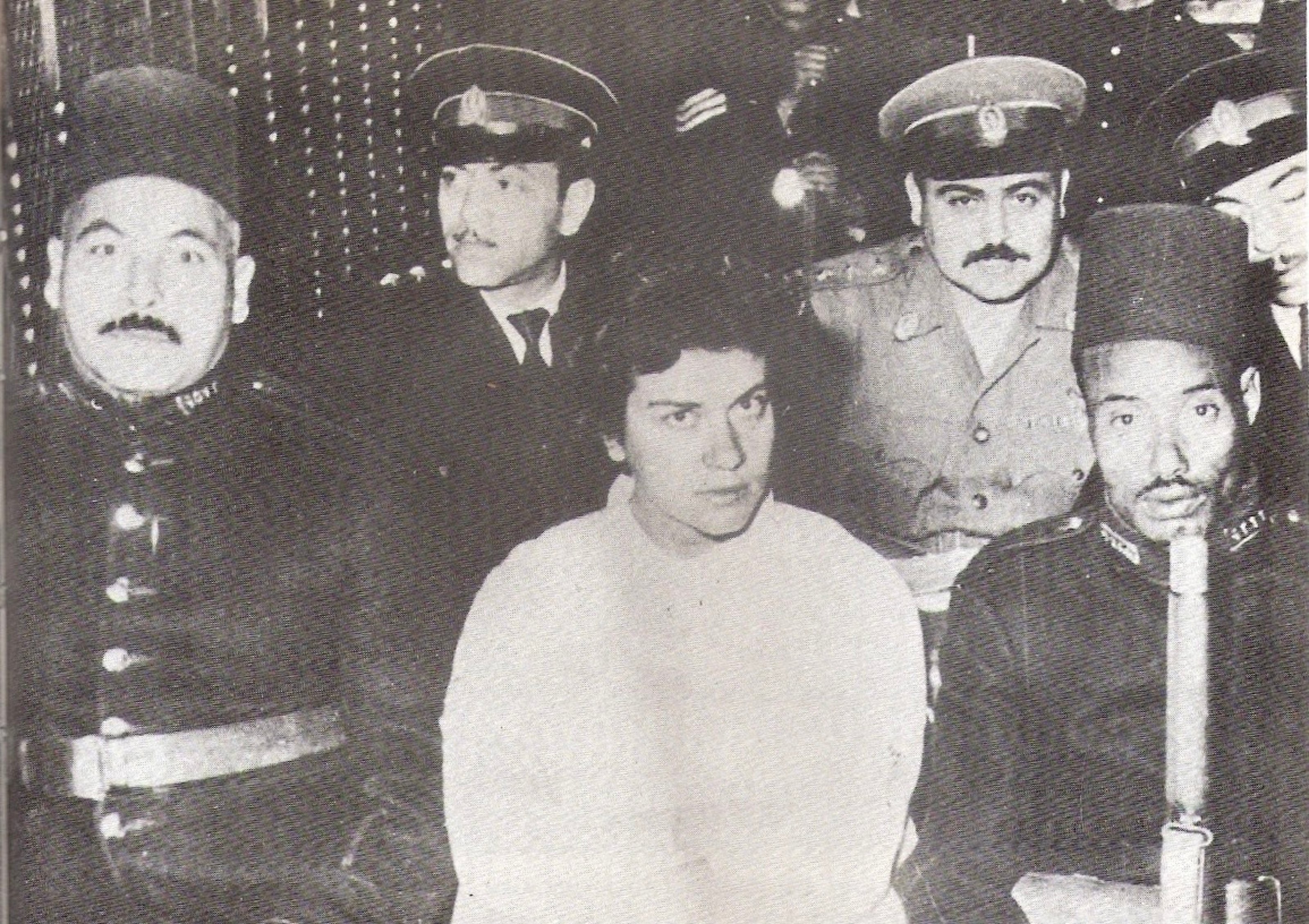
The Lavon Affair was a covert Israeli military operation aimed at disrupting U.S.-Egyptian relations, as well as preventing the withdrawal of British forces from the Suez Canal. The enterprise involved a series of bombings targeting American and British-owned civilian facilities, designed to appear as though they were carried out by Egyptian nationalists. The goal was to incite anti-Egyptian sentiments and influence Western powers to maintain their presence in the region. Nevertheless, the operation was compromised after a bomb prematurely detonated in one of the operatives’ pockets and he was captured, leading to the arrest and trial of the rest of the cell members.
Initially, the operation was attributed to Defense Minister Lavon, who was forced to resign. Years later, however, evidence pointed to then-Chief of Staff Moshe Dayan and Prime Minister Ben-Gurion. This revelation sparked a political scandal, leading to a series of investigations and a deep rift within the Israeli political and military establishment. The Lavon Affair is the best-known of a series of false-flag attacks carried out by Israeli intelligence to perpetuate a narrative of global antisemitism and to force the migration of global Jewry to the newly-founded Israeli state.

After 1948 and the establishment of the State of Israel, Zionist interests involved populating the expropriated Palestinian lands with a Jewish population. Zionist aspirations had always been conceived with European Jews in mind, but Israel’s immediate need for people and labor meant that the focus shifted to Jewish populations in Arab and North African countries—who, as Tom Segev details in his monograph The First Israelis (1986), Ben-Gurion chillingly compared to the Africans that the transatlantic slave trade brought to America. The mass-migration that occurred following the events of the Nakba were not as natural as Israel made them out to be. Israeli authorities launched a variety of strategies in an effort to promote said expatriation. The result was a number of operations, listed in this article, that managed to secure significant waves of immigration through an emphasis on the Arab world’s allegedly widespread antisemitism, and a resulting urgency to flee the territory. This narrative, once put into motion, would continue to shape conversations surrounding Arab Jews—or Mizrahi Jews, as they are referred to in Israel—and would simultaneously set a precedent for the current weaponization of antisemitism claims by Israel and its supporters.

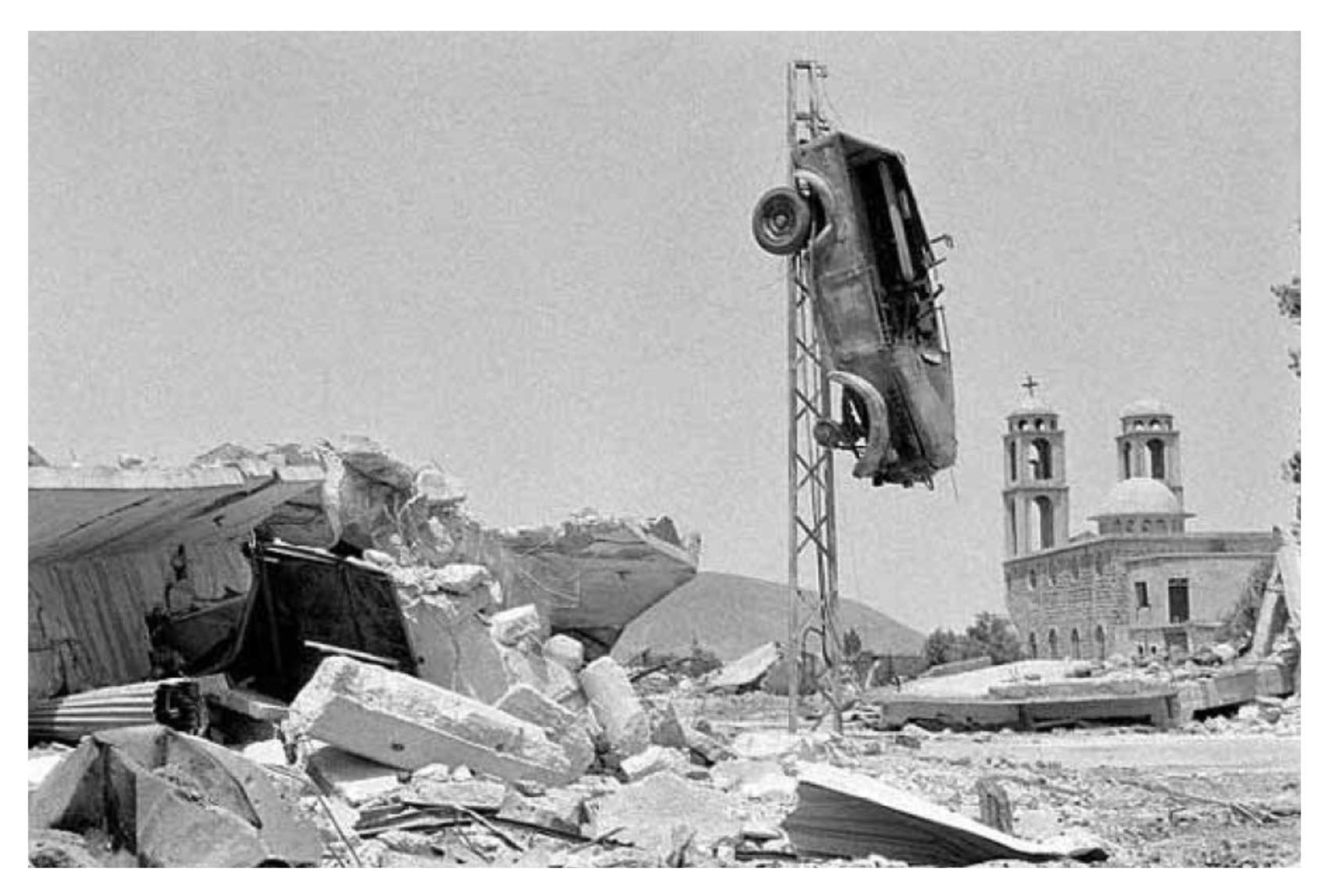
After the French Mandate, Syria’s diverse population has seen decades of political turmoil as different actors vied for power over the colonially imposed borders of this historically powerful multi-ethnic crossroads. The border with Israel contributed to the instability of a fragile new country that, like its neighbors, took in many Palestinians fleeing the Nakba who would eventually create fedayeen groups to liberate their homeland. In December 1954, five Israeli agents were discovered to be infiltrating Syrian military posts in the Golan Heights. This event led to the first hijacking of a civilian airplane by the Israeli military who abducted the passengers of a Syrian Airways Dakota passenger aircraft and held them hostage in exchange for the return of the five Israeli soldiers held in Damascus prisons. Relations between Syria and Israel deteriorated to new lows.
Stills: Akram Al-Ashqar / First Picture, 2006
Continuous cross-border fighting was normal for decades at the border. The Sea of Galilee was the point of contention as Israel repeatedly attempted to cut off Syrian access to this important water source for farmers in the region. On the 10th of December 1955, Israel launched Operation Olive Leaves, leading the UN to condemn Israel and praise Syria for its moderation. On the 31st of January 1960, Israel attacked the area again, aiming for Syrian water infrastructure. On the 16th of March 1962, Israel attacked the Golan Heights as the UN urged restraint. On the 5th of June 1967, Israel invaded the Golan Heights during the Six-Day War, and US President Lyndon B. Johnson failed to call on Israel to withdraw. In 1981, Israel illegally annexed the territory, an action that is unrecognized by the international community. Despite a UN resolution declaring the annexation null and void, the UN failed to do anything to reverse the occupation, Israel occupied the remaining one-third of the Golan Heights in 2024.
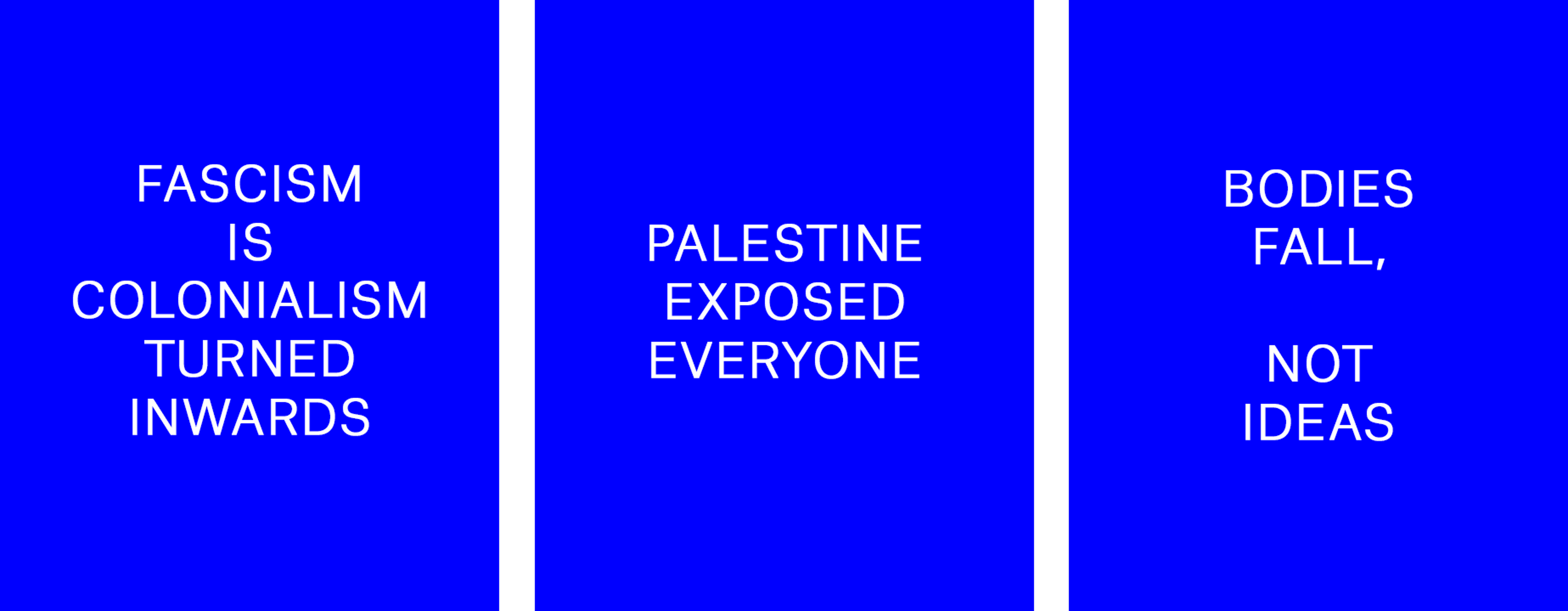
Oralkan \ Three Warnings (Triptych II), 2023-2025 (Archival algorithmic readings from the Horrorscope series on Collecteurs)
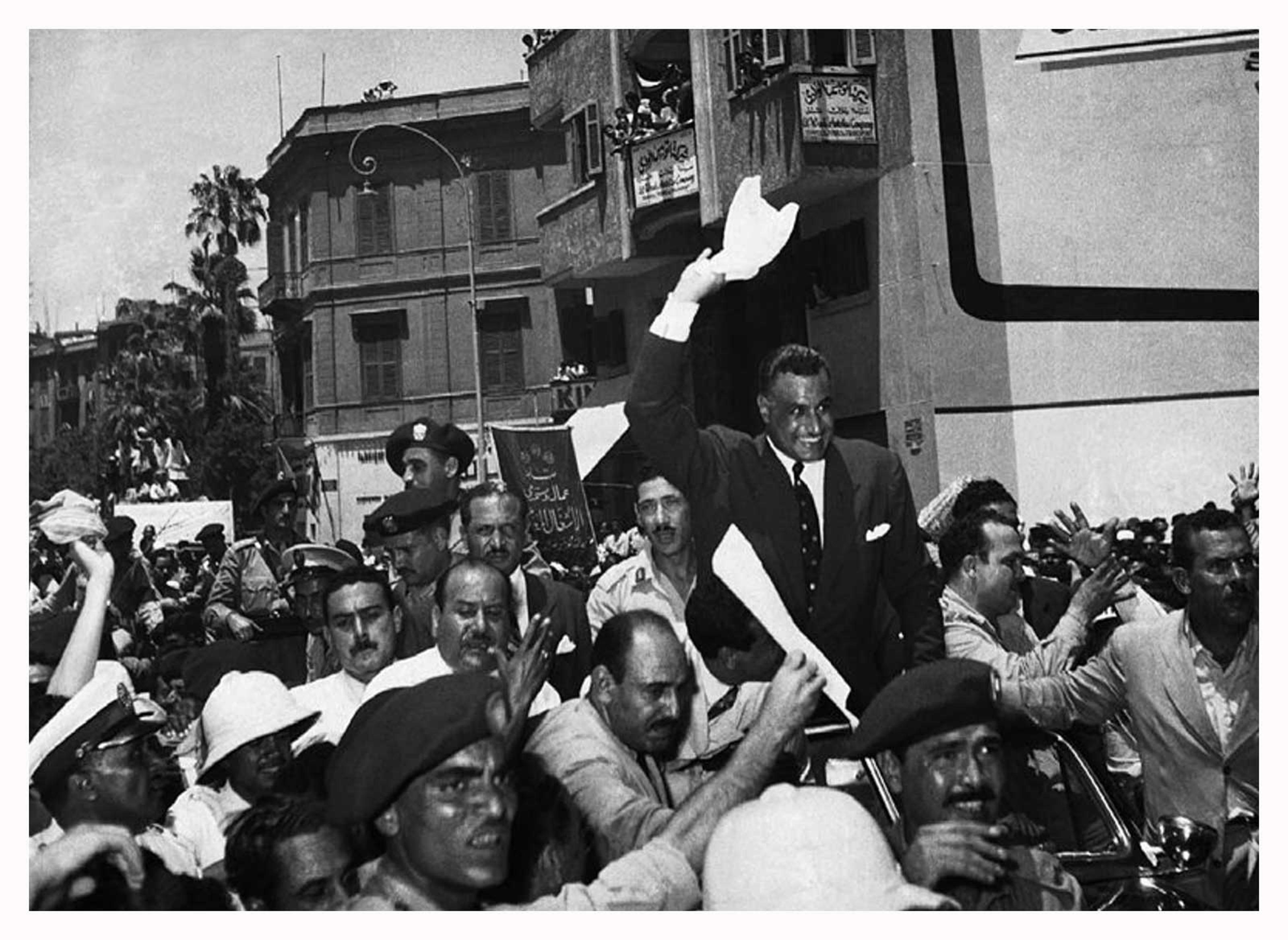
On July 26, 1956, Gamal Abdel Nasser announced the nationalization of the Suez Canal Company—a joint British and French company that had managed shipping through the strait since the construction of the canal in 1869. Nasser saw the continuing presence of the British and French as a continuation of their colonial project. Thus, he offered to pay fair compensation to the company and promised that the revenues earned through the canal would go towards projects of public infrastructure, such as the Aswan hydroelectric dam. The nationalization of the Suez Canal contributed to the rising tensions with Western forces, as Nasser edged closer in foreign relations to the Eastern Bloc.
Israel took this opportunity to advance its own expansionist goals in the region with access to Suez and the Straits of Tiran being hotly contested. On the 22nd of October, 1956, the Protocol of Sèvres (a secret military document signed between Britain, France, and Israel) was signed. In attendance was David Ben-Gurion, who outlined his aims as follows:
“Jordan, he observed, was not viable as an independent state and should therefore be divided. Iraq would get the East Bank in return for a promise to settle the Palestinian refugees there and to make peace with Israel while the West Bank would be attached to Israel as a semi-autonomous region. Lebanon suffered from having a large Muslim population which was concentrated in the south. The problem could be solved by Israel’s expansion up to the Litani River, thereby helping to turn Lebanon into a more compact Christian state. The Suez Canal area should be given an international status while the Straits of Tiran in the Gulf of Aqaba should come under Israeli control to ensure freedom of navigation.” - Avi Shlaim, “The Protocol of Sèvres 1956: Anatomy of a War Plot”
On the 29th of October, the tripartite aggression against Egypt began, opening up the Suez Crisis. From the 1st of November 1956 to the 7th of March 1957, Israel occupied the Gaza Strip, which was still under Egyptian control. Although Israel was forced to recede from Gaza in exchange for freedom of navigation in the Straits of Tiran, this war resulted in the Eisenhower Doctrine - it promised US support for countries in the Middle East threatened by “international communism” and opened up a new method of financial colonization and further division in the region.


Huda Takriti’s extensive research on the archives of Palestinian Resistance fighters focuses on the points of absence. The film examines how history is constructed through the selection of specific images and the loss of others. It is in this context that Takriti confronts us with an absence: a pitch-black screen; a non-image of what took place at Damascus Airport on August 29, 1969. That day, the hired photographer forgot to remove the lid from the camera before snapping a picture of what Leila Khaled and Salim Al-Issawi had done: they blew up the commercial aircraft they had hijacked and diverted to Damascus (instead of Tel-Aviv) in an act of protest against the Zionist project. In its place, we see the photograph that made it to the news. Khaled smiles and throws up a symbol of victory at the Damascus Palace of Justice one month after the hijacking, after her release from prison.
Excerpt: Huda Takriti / Refusing to Meet Your Eye, 2002
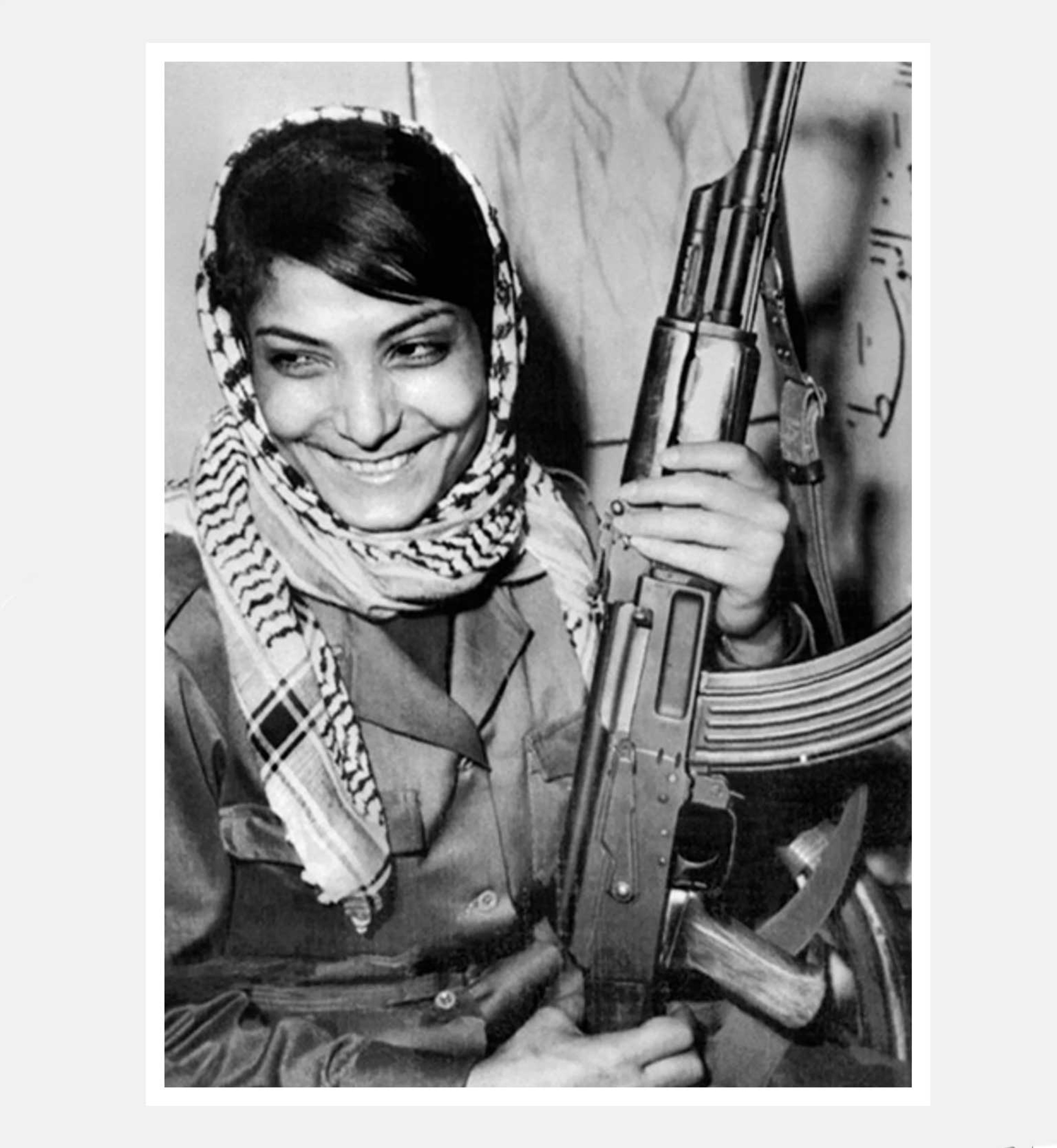
In 1954, Israel carried out the first Airplane Hijacking in the Middle East when Israeli fighters intercepted a civilian DC-3 aircraft flying from Damascus to Cairo. The Chief of Staff of the Israeli military, Moshe Dayan, admitted that the intention of this hijacking was to get captives in order to exchange them for Israeli prisoners held in Syria. Four days earlier, five Israeli soldiers had been captured intruding into Syrian territory in the Golan Heights. Israel demanded the release of the soldiers but Syria refused, arguing that Israel was holding numerous Syrian civilian prisoners. This incident created significant diplomatic tension between Israel and Syria, with Syria filing a complaint to the UN Mixed Armistice Commission.
Excerpt: Huda Takriti / Refusing to Meet Your Eye, 2022
In the late 1960s, Palestinian Liberation groups began to use hijackings as a high-profile international tool. Leila Khaled, who became an iconic figure in the Palestinian resistance movement, participated in the hijacking of TWA Flight 840 on August 29, 1969. The Rome-bound flight was diverted to Damascus, where the passengers were evacuated before the aircraft was blown up. No passengers were harmed, but the dramatic nature of the operation garnered worldwide media attention. Khaled's involvement was particularly notable as she was one of the first female hijackers, challenging traditional gender roles while advancing her political cause. In 1970, Khaled attempted to hijack El Al Flight 219 from Amsterdam to New York as part of a coordinated PFLP operation dubbed "Operation Dawson's Field," which targeted multiple aircraft simultaneously. However, the El Al flight crew and air marshals thwarted the attempt, and Khaled was subdued and arrested in London.
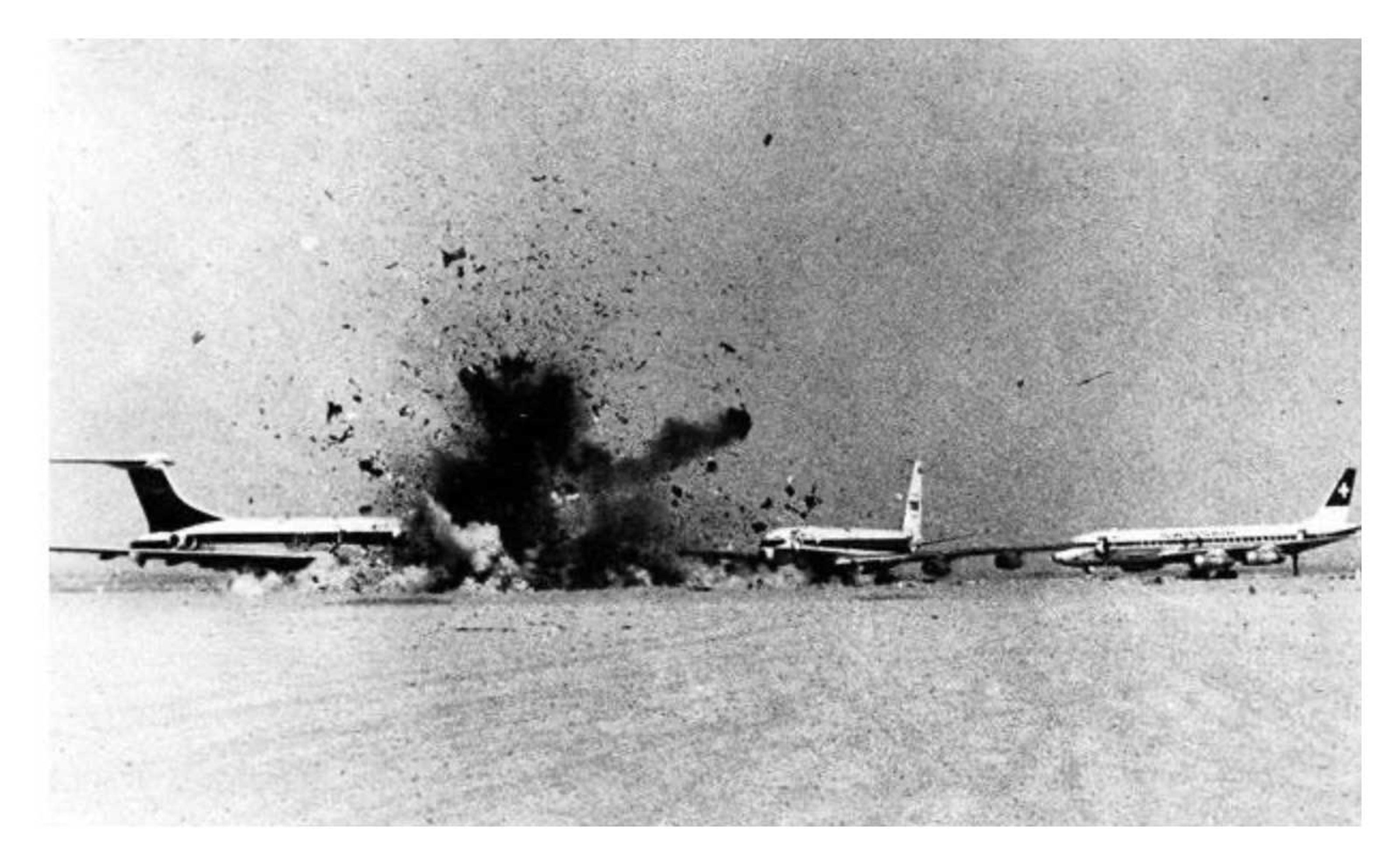

Marc Rudin (1945-2023) was a Swiss artist and graphic designer who later came to be known as Jihad Mansour. Born in Zurich in 1947, he initially worked as a graphic designer in the Switzerland of the 1960s and early 1970s. During this period, he became progressively more involved with left-wing political movements and various activist circles, whose influence in his work only accelerated during his 1976 visit to Lebanon. From here on out, political posters and propaganda art for Palestinian organizations—including the Popular Front for the Liberation of Palestine (PFLP)—became his specialty. Fiercely dedicated to the anti-Zionist cause, his posters were used for the purposes of commemorations and political struggles, including those of Land Day, memorials to Ghassan Kanafani, and calls for the release of Palestinian prisoners. In 1982, during the Israeli invasion of Lebanon, Rudin fought alongside Palestinian soldiers in the defensive battles of Beirut.
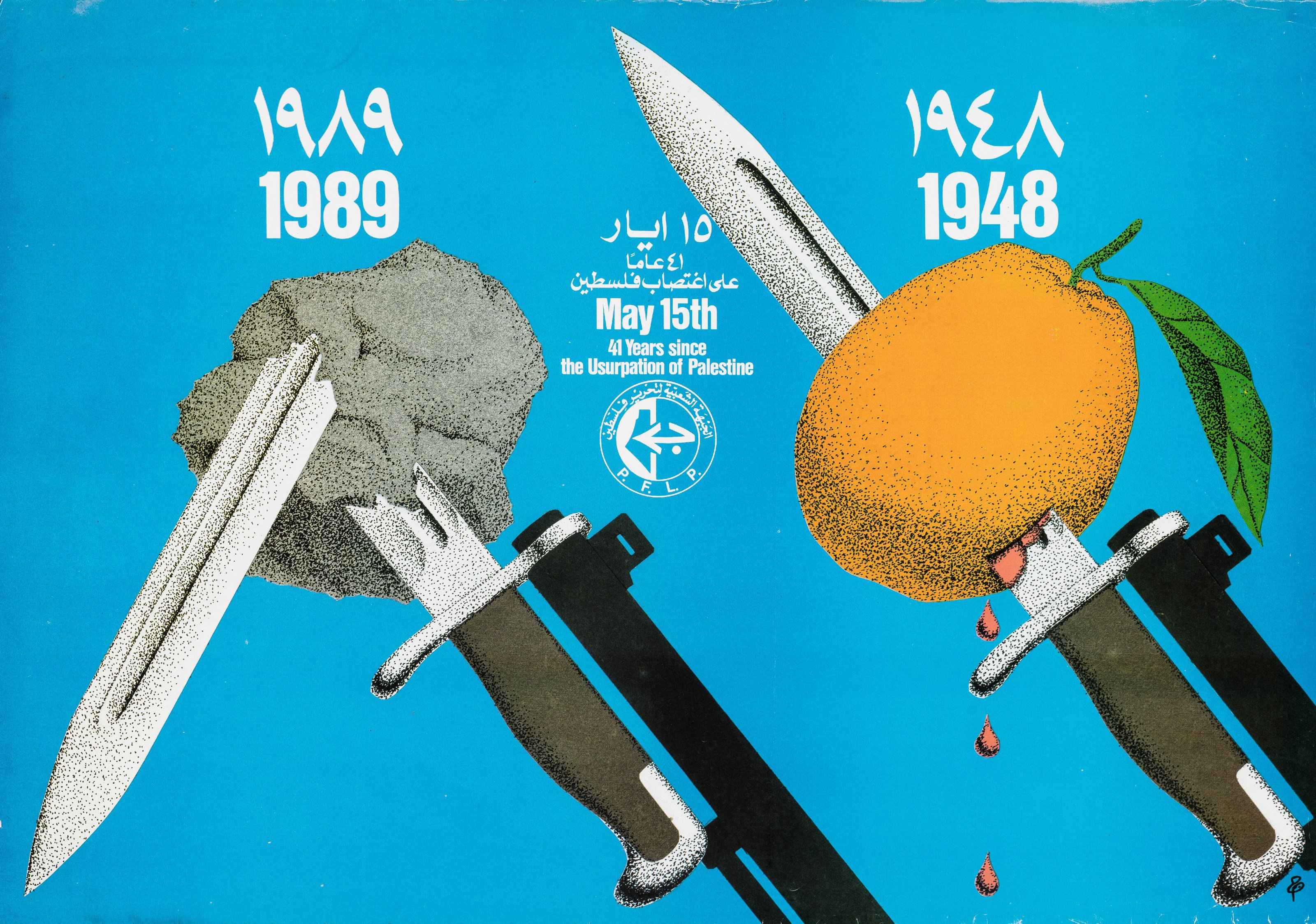
Marc Rudin (Jihad Mansour) / May 15th 41 Years since the Usurpation of Palestine, 1986
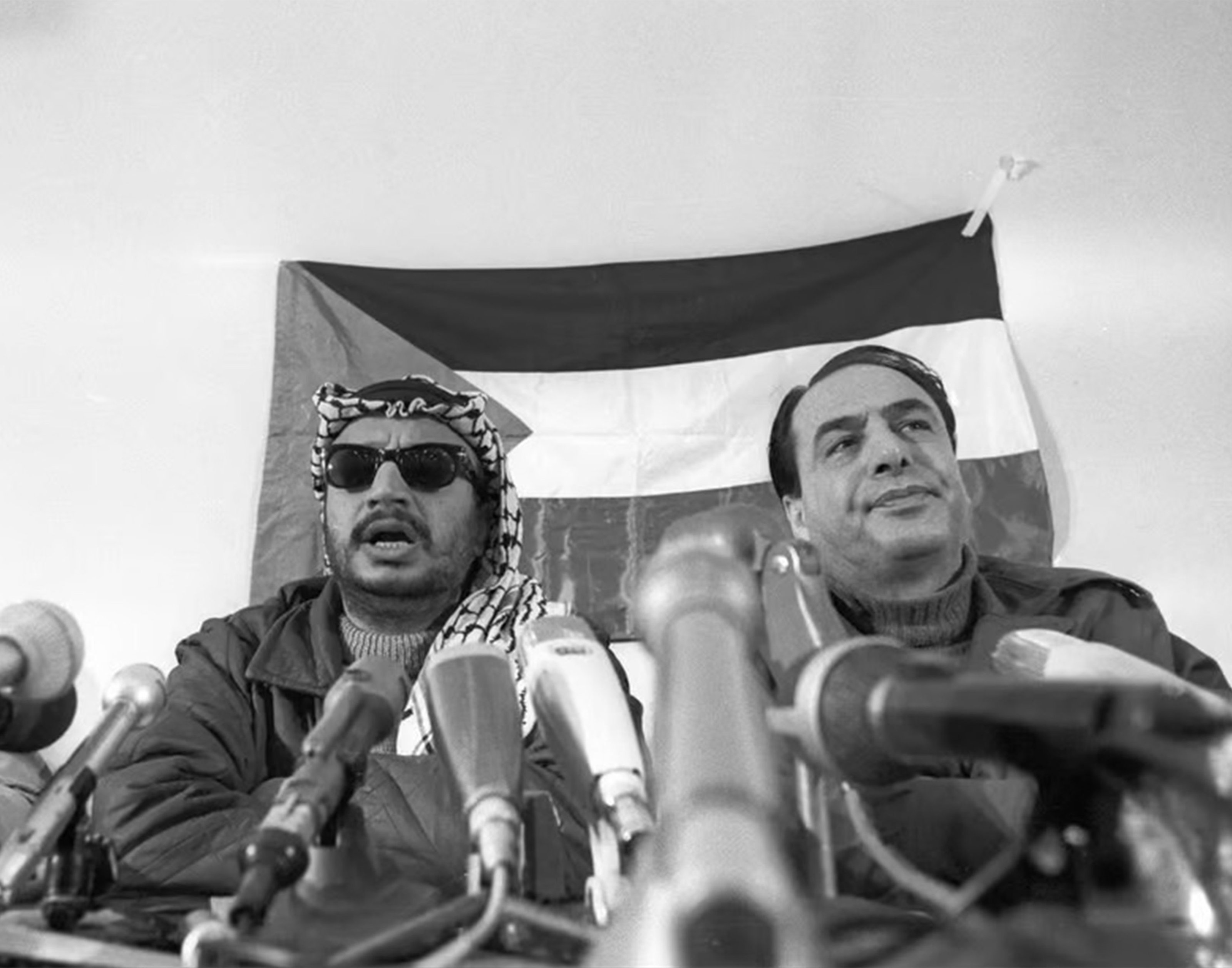
After Israel’s withdrawal from the Gaza Strip in March of 1957, a group of educated Palestinian exiles in Kuwait—most notably Yasser Arafat, Khalil al-Wazir, and Salah Khalaf—founded the Movement for the National Liberation of Palestine, or Fatah. The organization sought to form an independent Palestinian identity and leadership. Fatah’s establishment marked a shift in the Palestinian resistance movement. In June 1960, they called for the creation of a “revolutionary entity” dedicated to the liberation of Palestine, underscoring a commitment to armed resistance.
Marc Rudin (Jihad Mansour) / A selection of political poster created by the artist between 1976-2023
Fatah's call laid the groundwork for the future Palestinian Liberation Organization (PLO), which was founded at the end of the Palestinian National Council (PNC)’s first meeting in June 1964. This organization was conceived as “the representative of the Palestinian people and the leader of its struggle to liberate its homeland.” The PLO’s “Palestine National Charter” provides a basis for the organization to operate in the service of liberation, establishing the objective of Palestinian liberation as complementary to the goal of Arab unity, one allowing the attainment of the other.
Marc Rudin (Jihad Mansour) / A selection of political poster created by the artist between 1976-2023
On December 31, 1965, Fatah deployed its first military operation, beginning its armed resistance. In 1967, in the aftermath of the Six-Day War, Fatah commenced combat operations in the newly occupied territories. Following Fatah, the Arab Nationalist Movement (ANM)’s executive committee decided that the organization’s Palestine Section should also progress in the direction of armed struggle. On December 11, 1967, the Popular Front for the Liberation of Palestine (PFLP) was founded by its members. This implicated the merging of three main commando groups, as well as other smaller bodies, in an attempt to cluster all efforts in the battle against imperialism, Zionism, and its violence. The PFLP saw unified revolutionary armed action as the only plausible strategy to restore Palestinian freedom and territory, as made explicit by the PFLP’s founding statement. The National Front would gain prominence for its Marxist ideology and reshape the ideology of the Palestinian resistance movement.


The Palestinian experience of exile between 1975-1986 is a multifaceted tapestry woven with threads of longing and resistance. At its core lies the dichotomy between the tangible memories of those who were forced to leave their homeland by Israel’s military forces, and the inherited narratives passed down to subsequent generations. The displacement of Palestinians during this time was not merely a forced physical departure from their land; it was an existential response to the oppressive conditions imposed by occupying forces. For many, leaving Palestine represented a quest for refuge from persecution, a defiant assertion of identity in the face of cultural erasure, and a poignant act of survival in the face of adversity.
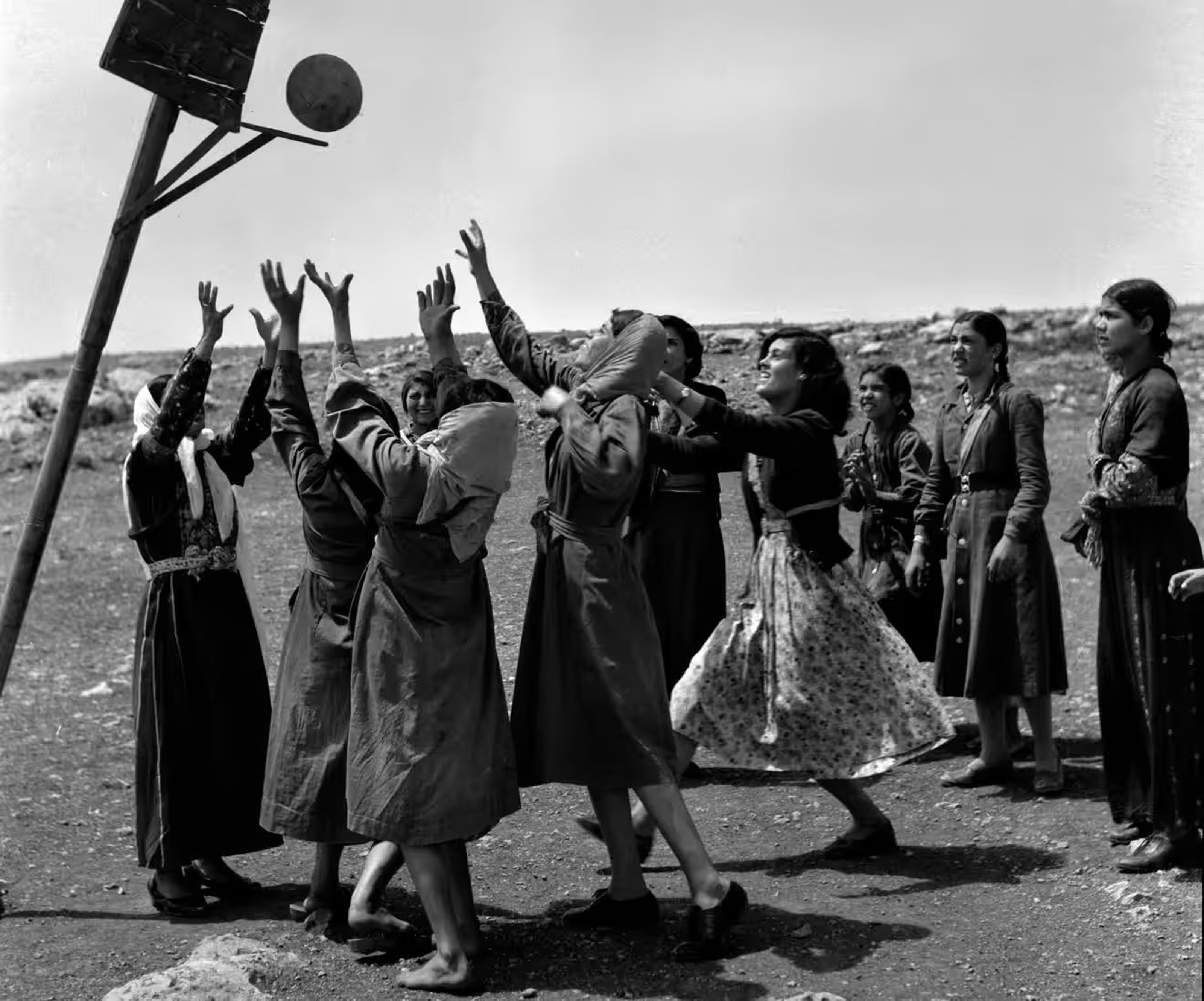
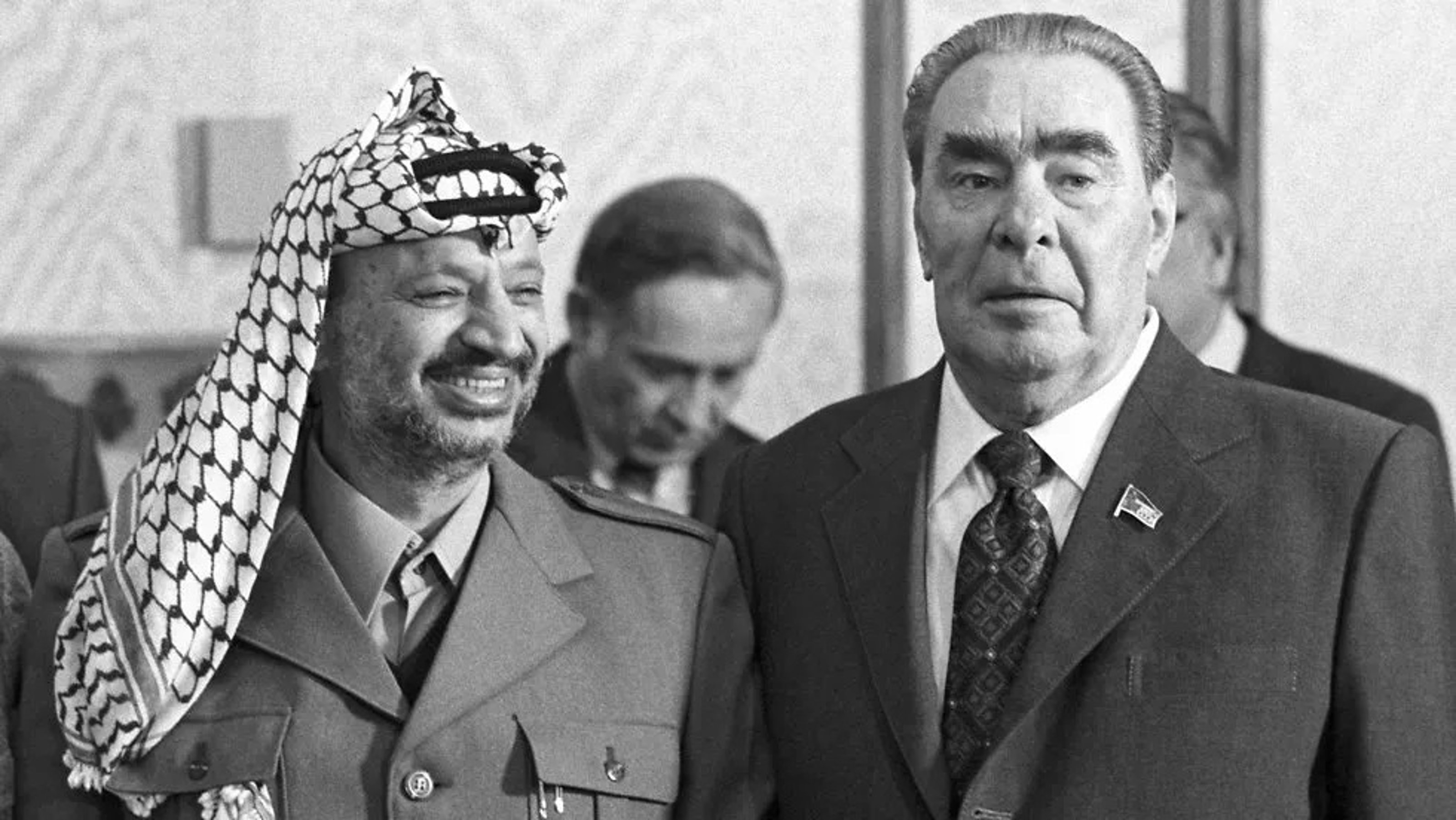
The Cold War significantly enabled Israel’s Zionist expansionism. The rivalry between the US and the USSR created a Middle Eastern theatre in which Israel aligned itself with the US and the Palestinian fedayeen and their allied Arab states received support and arms from the Soviet Union and its allies. Until the early 1960s, the United States abided by the terms of the Tripartite Declaration of 1950, but Lyndon B. Johnson broke this in July of 1956 when he agreed to send 210 M-48 Patton tanks to Israel. The US sent large amounts of military and economic aid to Israel which it increasingly viewed as a regional ally, while the real and valid struggles for self-determination and human rights of the Palestinian people were sidelined as Soviet-backed terrorism rather than a legitimate national liberation movement.
US media, journalism, and popular culture helped to justify the illegal policies of expanded settlement, restrictions placed on the Palestinian movement, and the limitations of Palestinian political rights. Several US Presidents increased the relations between Israel and the US such as Lyndon B. Johnson who publicly supported Israel in the 1967 Six-Day War, and Richard Nixon who provided arms and support to Israel during the 1973 Yom Kippur War. These decades saw a constant theatre of cold and hot warfare in which Israel gained territory or significant economic favors in exchange for the return of occupied lands. This bipolar world order overshadowed the entire period covered by this chapter. Even after the Cold War's end and the dissolution of the Soviet Union, many of the power imbalances and political dynamics established during this period continued to shape the international justification of oppression against Palestinians.

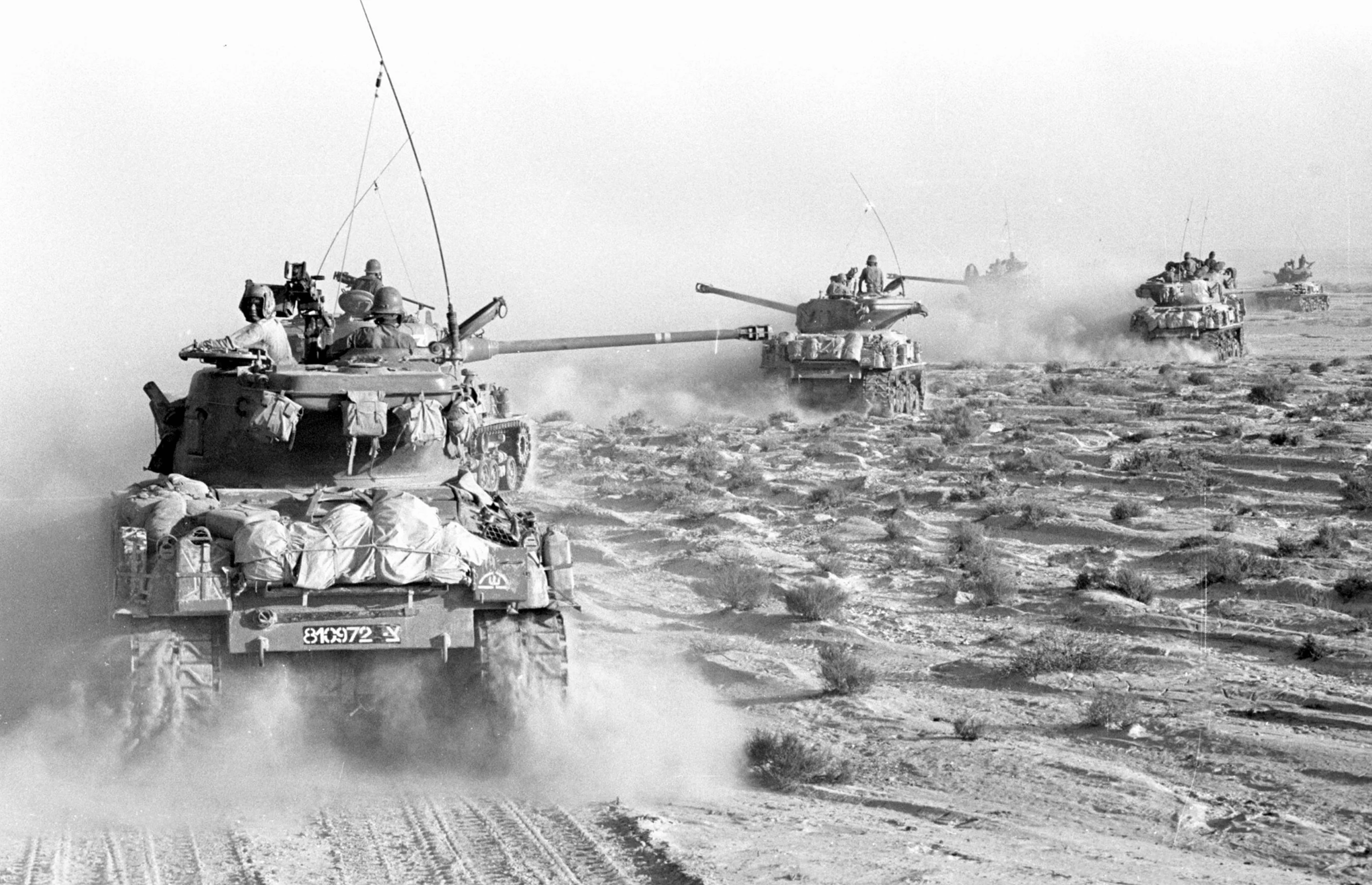
The Six-Day War resulted in a decisive Israeli military victory. Secured with supplies of US arms, Israel fought against the combined forces of Egypt, Syria, and Jordan, dramatically altering the map of the Middle East. In six days, Israel captured the West Bank and East Jerusalem from Jordan, the Gaza Strip and the Sinai Peninsula from Egypt, and the Golan Heights from Syria. All of these occupations were condemned by the UN which demanded that Israel withdraw to the agreed Armistice line. This massive territorial expansion meant that Israel now controlled all of historical Palestine, bringing the entire Palestinian population—who had not fled further afield—under Israeli military control.
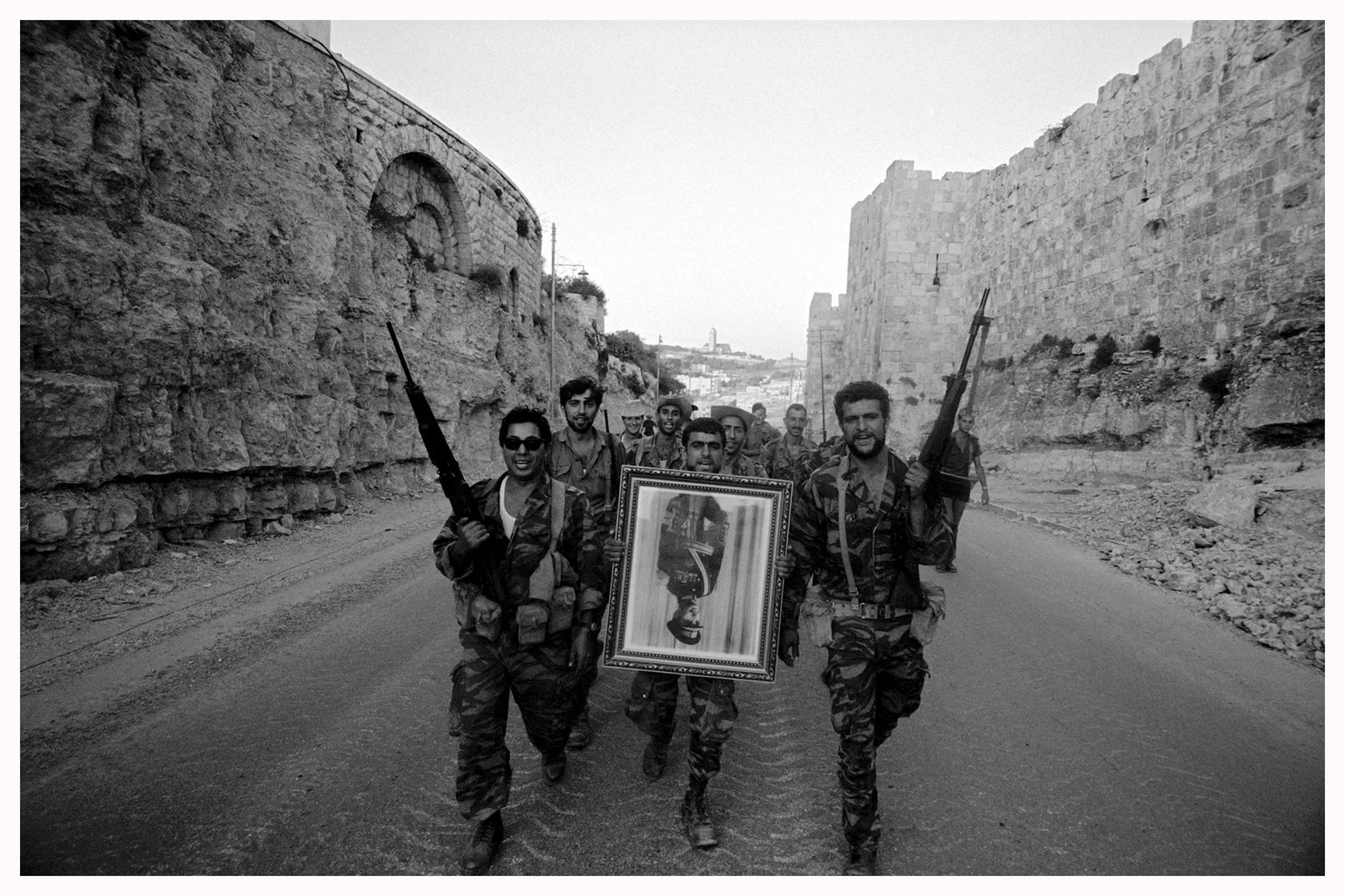
Israeli soldiers who recaptured the Old City from the Jordanians parade a photograph of Jordan’s King Hussain through East Jerusalem, 1967. Photo: Leonard Freed, Magnum.
For Palestinians, the outcome was catastrophic and marked what they call "al-Naksa" (the setback). Around 300,000 Palestinians fled or were displaced from their homes in the West Bank and Gaza Strip, with many becoming refugees for a second time after their initial displacement in 1948. The Israeli occupation that followed brought military rule, settlements, restrictions on movement, and control over resources like water and land. This new reality fundamentally transformed Palestinian society and politics, leading to the rise of the PLO as the main representative of Palestinian national aspirations and setting the stage for decades of popular resistance against the illegal occupation of Palestinians in their own territory, for sovereignty, and self-determination.
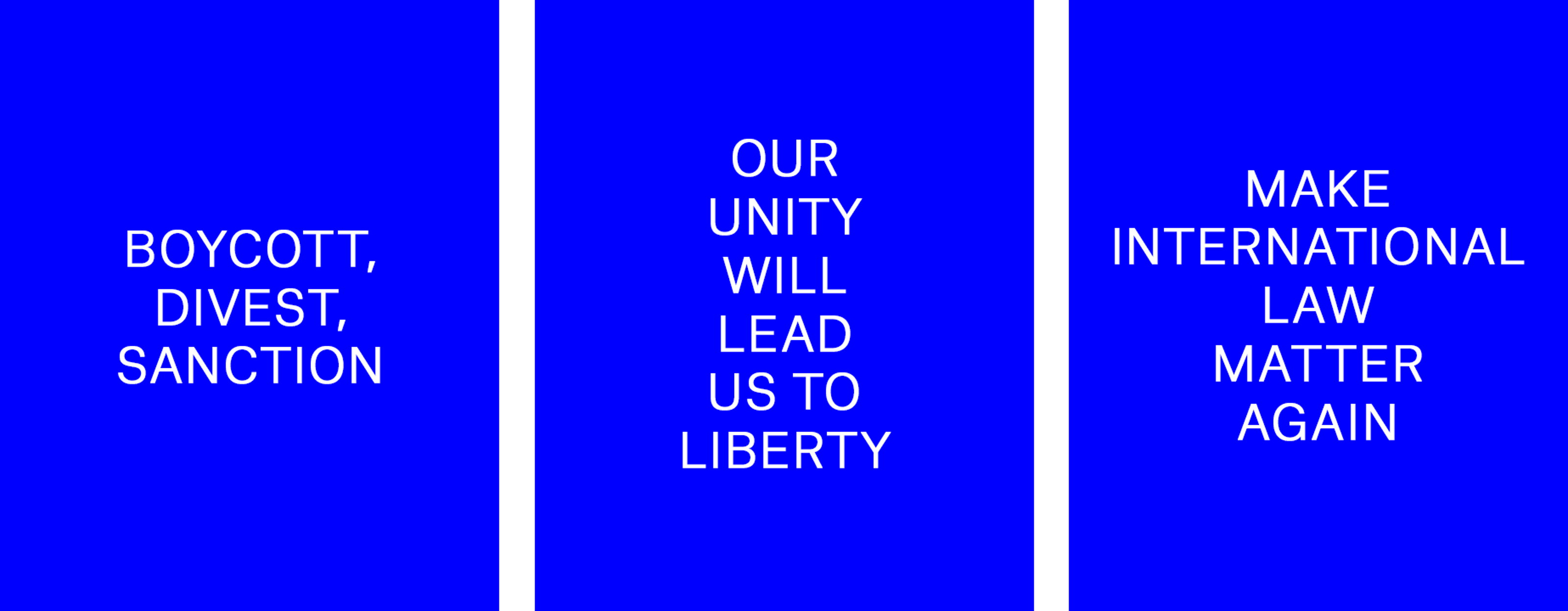
Oralkan \ Three Watchful Eyes (Triptych III), 2023-2025 (Archival algorithmic readings from the Horrorscope series on Collecteurs)

Nicholas Galanin is a native artist from Sheet’ka (Sitka), Alaska whose work highlights the ongoing practices of settler-colonialism and genocide in the United States of America. The long history of US intervention in the form of military action and instigated coups across the globe have shaped a political reality of power and control that mirrors the violent foundation of the country’s past. Events such as the sinking and cover-up operation of the USS Liberty demonstrate the US’ willingness to sacrifice its own in order to advance the expansionist politics of Zionism. Galanin’s work, including Interference Patterns (2023), reaches out in global solidarity with indigenous populations and all oppressed groups who continue to fight for their freedom; from Alaska, to Minneapolis, to Palestine. The artist creates intersectional spaces for catharsis which serve to mourn the loss of lives, freedoms and safety at the hands of American violence, and to protest continuing oppression.
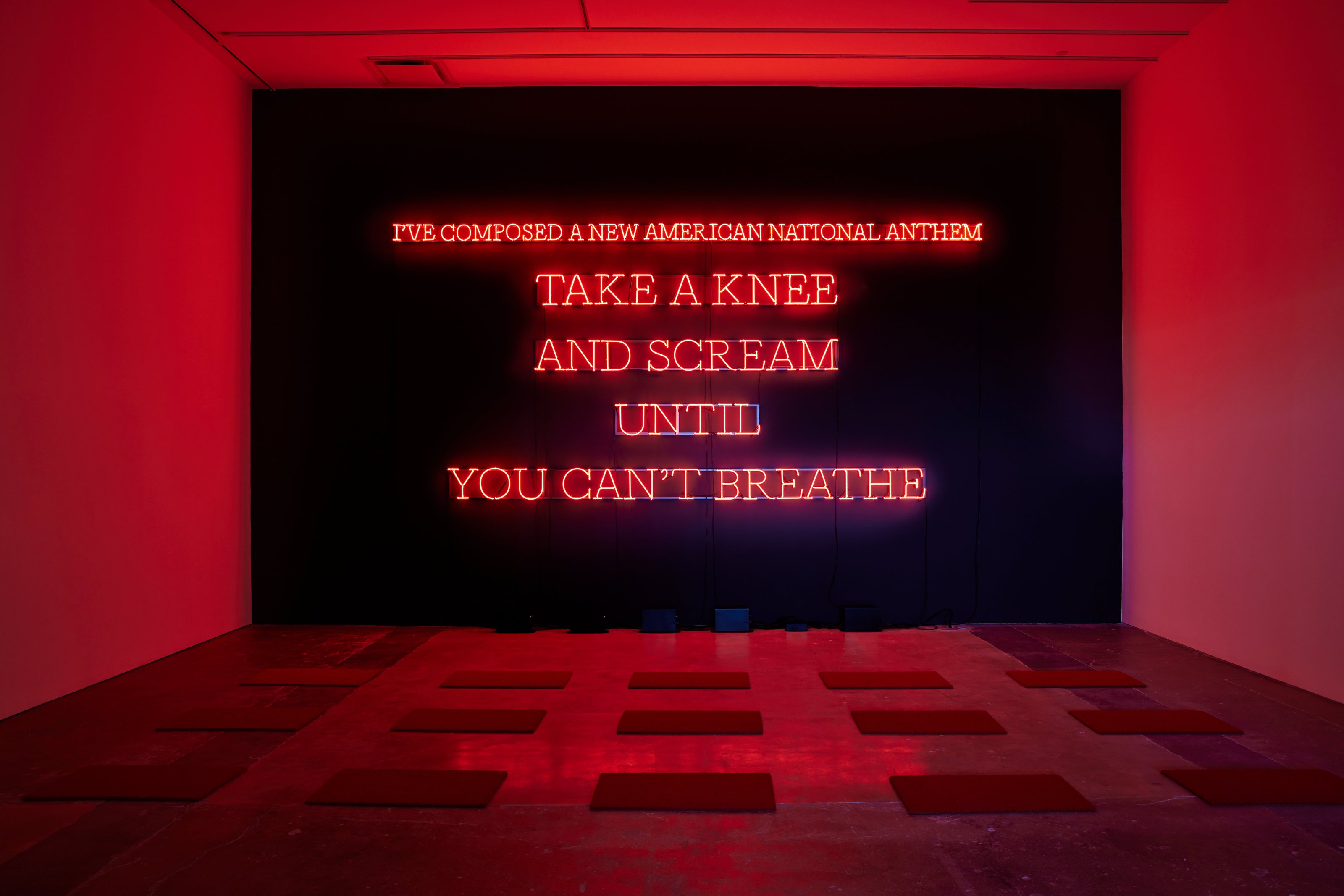
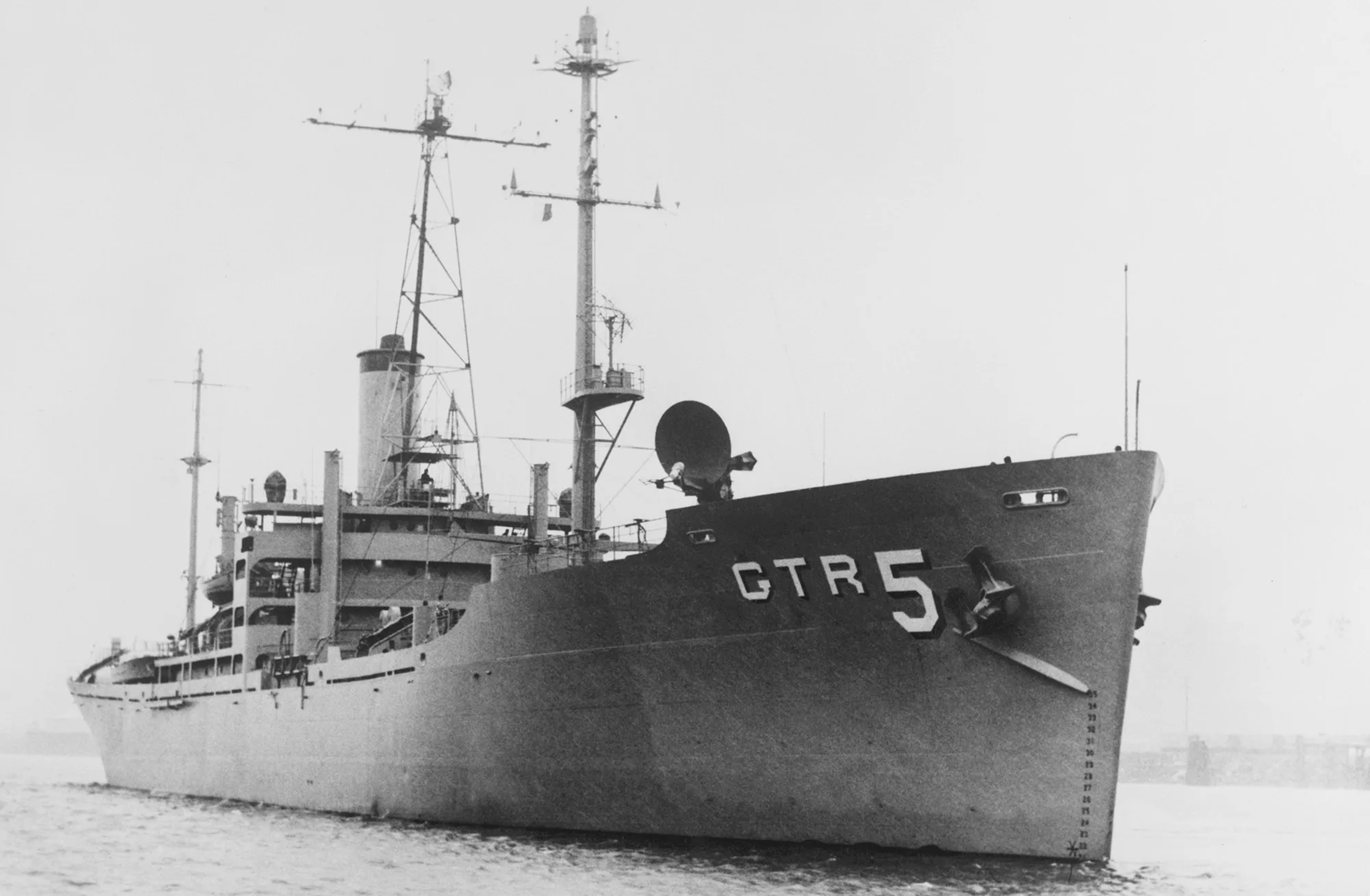
On the 8th of June 1967, Israeli forces attacked the US Navy research ship, USS Liberty, killing 34 and injuring 171 people. The Liberty was off the coast of El Arish, Egypt, operated by the National Security Agency. It was tasked with monitoring communications during the Six-Day War between Israel and Arab states including Syria, Egypt, and Jordan.
First, the ship was attacked by air, then by torpedoes and artillery. Badly damaged, the crew launched three lifeboats but these were also attacked, which is considered a war crime under international law. While official investigations by the US and Israel concluded that the attack was accidental, as Israeli forces believed the ship to be Egyptian, others disagreed. Journalist James Bamford in his book Body of Secrets argued that the Liberty’s ability to intercept Israel’s communications could have been the motivation for the attack, in order to cover up war crimes such as the massacre of unarmed Egyptian prisoners in El Arish.
NSA Deputy Director Louis Tordella described the preliminary inquiry by the Israeli military as “a nice whitewash,” and US Secretary of State Dean Rusk stated: "I was never satisfied with the Israeli explanation… I didn’t believe them then, and I don’t believe them to this day. The attack was outrageous.”
The US inquiry into the incident was held in secret, and survivors were issued gag orders banning them from ever speaking about what occurred. Despite the gag orders, survivors of the attack, who set up the USS Liberty Veterans Association, continue to demand a transparent investigation into the incident.
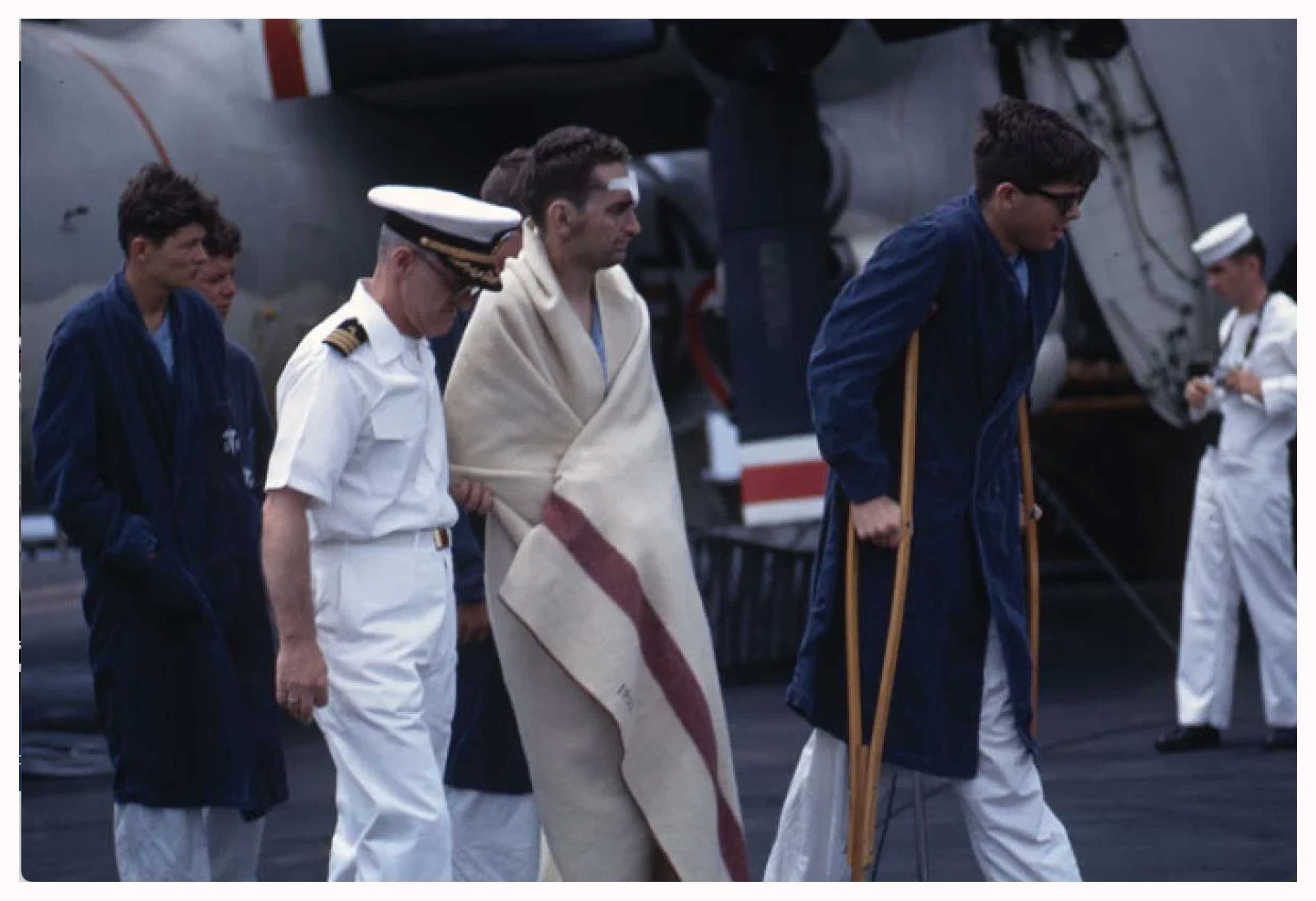
Injured Liberty crew members are escorted to a memorial service on the deck of the aircraft carrier USS America (CVA-66) on 10 June 1967. The attack on the Liberty, an incident that remains a contentious topic to this day, killed 34 Americans and wounded another 171. National Archives.
The president of the organization told The Intercept: “We now know that the Navy Court of Inquiry was merely for show, as the officers were told to come to the conclusion the Liberty did [its] job and the attack was accidental.” Some survivors of the attack were accused of antisemitism for talking about their experiences.
At the time of writing (2024), the NSA still keeps its files on the attack classified.

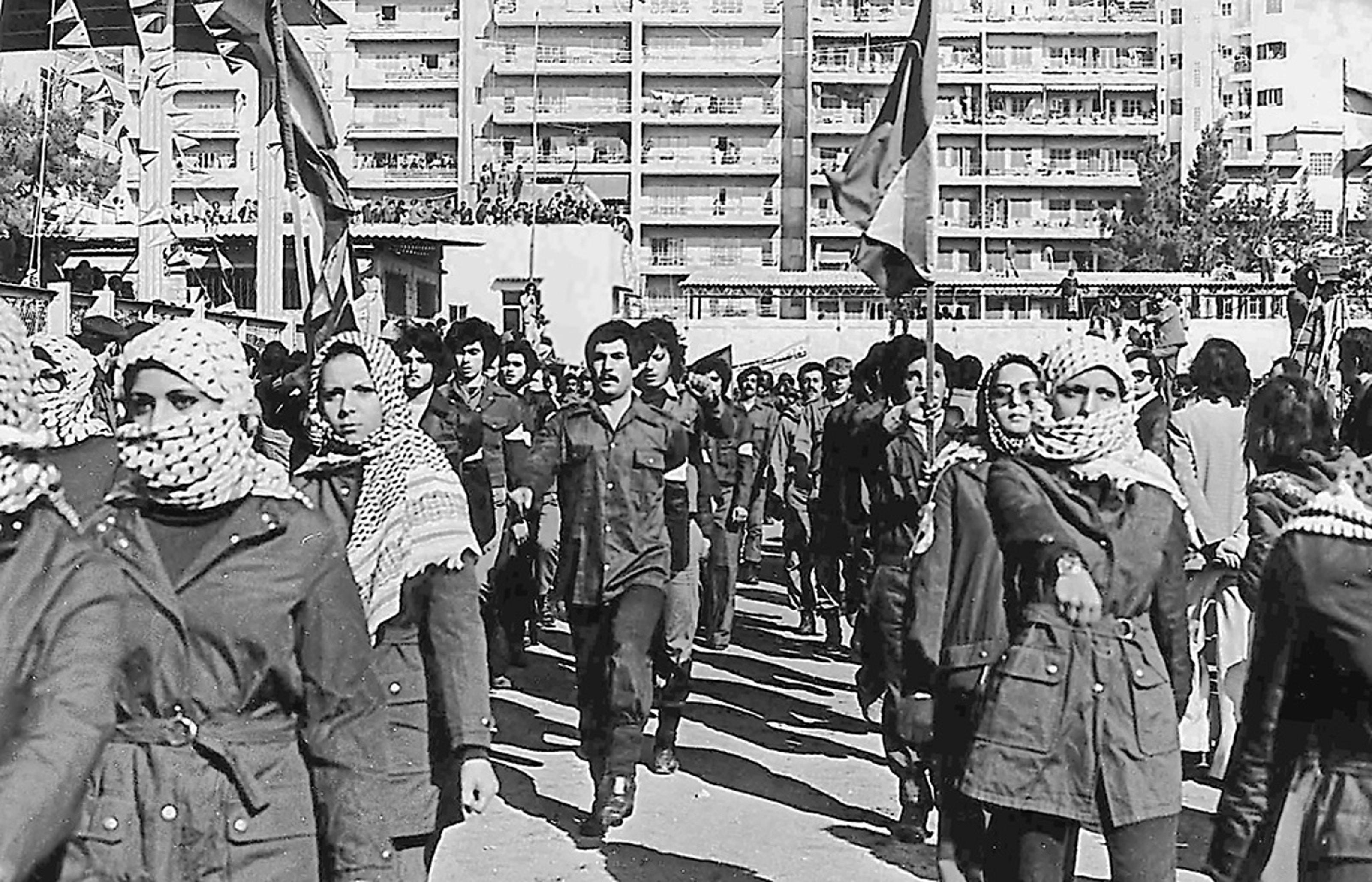
Black September, alternatively known as the Jordanian Civil War, began when Palestinian militant groups, made up of fedayeen and displaced Palestinians living in Jordan from the 1948 Nakba and the 1967 Naksa started operating with increasing autonomy within Jordan. King Hussein of Jordan saw the activities of the PLO within Jordanian territory as a threat to his sovereignty. Fighting erupted on September 16, with the Jordanian military moving against Palestinian positions in Amman and other cities. The conflict escalated when Syria sent tanks to support the Palestinians, though they later withdrew.
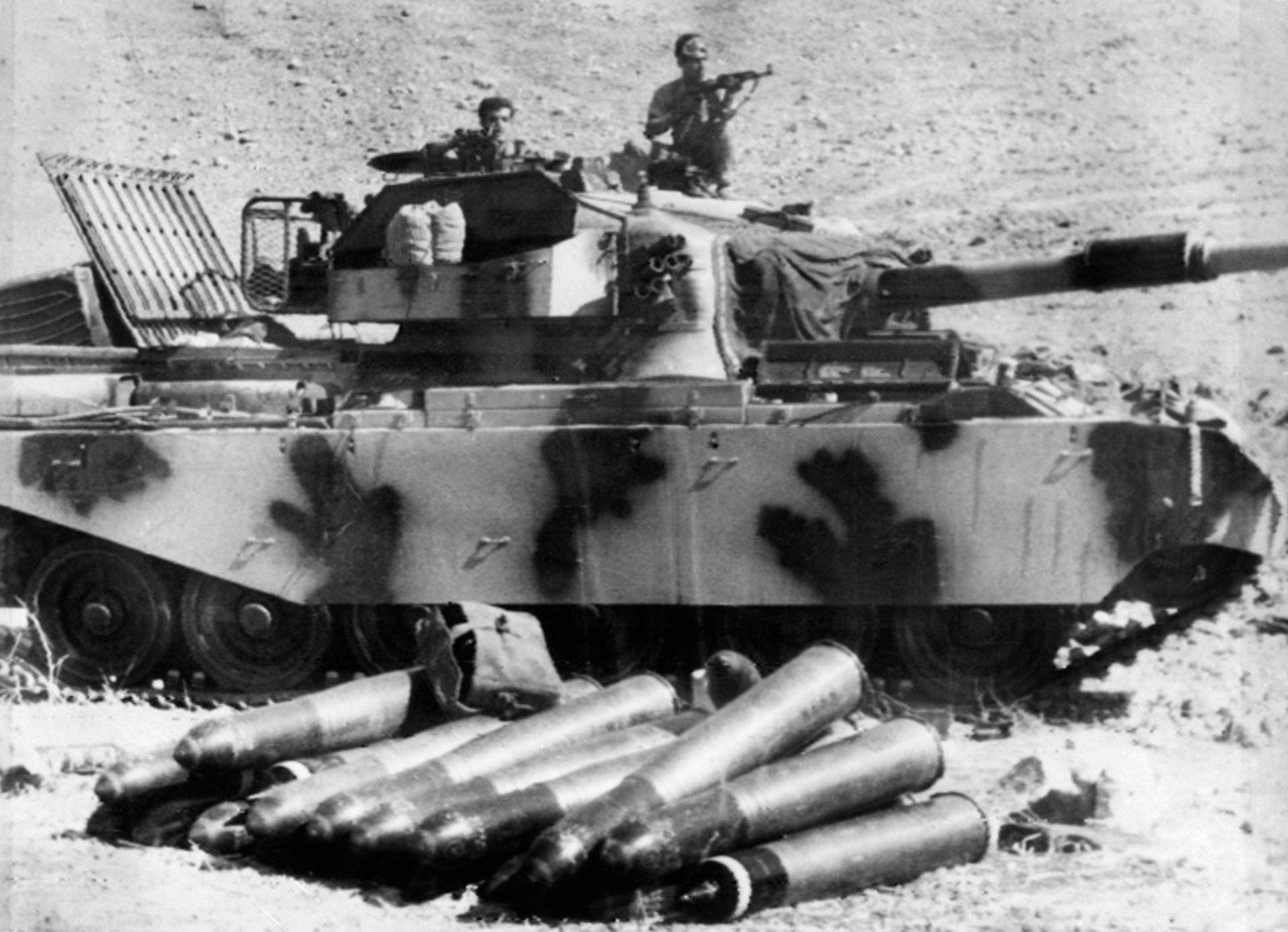
A Palestine Liberation Organization tank in battle position, 24 September 1970. AFP / East News
The fighting lasted ten days, resulting in thousands of casualties, primarily Palestinians. After a ceasefire brokered by Arab leaders, the PLO and other Palestinian armed groups were expelled from Jordan, relocating mainly to Lebanon. The Black September Organization was founded in retaliation to this military manoeuvre in order to carry out attacks against Jordan from their new base in Lebanon, the group carried out the assassination of Jordanian Prime Minister Wasfi Tal and soon switched focus to Israeli targets. This marked a crucial shift in Palestinian-Arab relations and significantly impacted the Palestinian resistance movement's future strategy and operations.

And Yet My Mask is Powerful (2016) is a video component of an installation that delves into the apocalyptic logic of perpetual crisis that defines the contemporary moment. Its title references Adrienne Rich’s poem “Diving into the Wreck”, while its images navigate through themes of destruction, erasure, and possibility. Like the poem’s mise-en-scène of wreckage, the artists situate their work within the ruins of Palestinian villages destroyed during the Nakba.
The film follows a group of Palestinian youths who wander through the ruins of a destroyed village. Their hands caress the remnants of homes, the overgrown plantlife, and the speculative archeological masks that lie beneath the soil. Central to the project are 3D-printed replicas of Neolithic masks originally discovered in the West Bank.
Basel Abbas and Ruanne Abou-Rahme / And Yet My Mask is Powerful, 2016 (Full film)

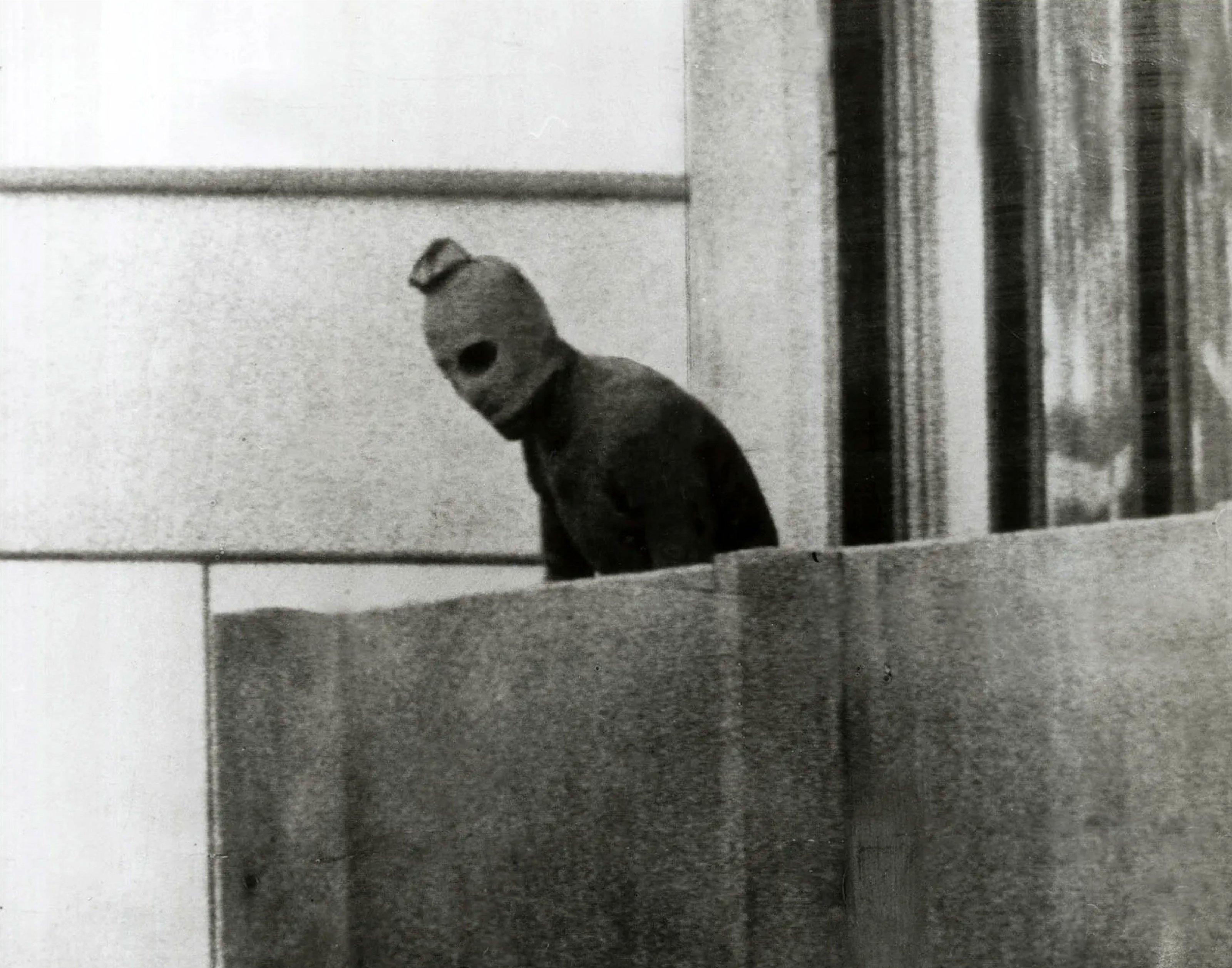
During the 1970s, Mossad undertook a series of high-profile assassinations of Palestinian poets and resistance leaders. One of the highest profile assassinations took place in July of 1972 when Palestinian writer and Popular Front for the Liberation of Palestine (PFLP) spokesman Ghassan Kanafani was killed in Beirut when a bomb planted in his car exploded, also killing his 17-year-old niece. Kanafani had been a prominent voice in Palestinian literature and politics, serving as Editor-in-chief of Al-Hadaf, the PFLP's weekly publication. The renowned writer developed the genre of revolutionary literature, repeatedly writing stories about exile and resistance, reflecting his own experiences as a child of the Nakba. He was said to be “a commando who never fired a gun.”
Stills: Basel Abbas and Ruanne Abou-Rahme / And Yet My Mask Is Powerful, 2016
The following series of assassinations were part of “Operation Wrath of God,” Israel's covert response to the 1972 Munich Olympics attack. Abdel Wael Zwaiter, a PLO representative in Rome and translator of Arabic literature, was shot dead in Rome in October 1972, becoming the first target. Mahmoud Hamshari, the PLO representative in France, was killed in December 1972 in Paris by a bomb planted in his telephone. Basil Al-Kubaisi, a leader of the Popular Front for the Liberation of Palestine, was shot dead in Paris in April 1973. Kamal Nasser, a PLO spokesperson and poet, was killed alongside two other PLO leaders in Beirut during Operation Spring of Youth in April 1973, when Israeli commandos conducted a raid in Lebanon. Wadi Haddad, who served as head of PFLP's external operations, died in East Germany in 1978. According to several historical accounts and later revelations, Mossad agents allegedly managed to poison his toothpaste with a slow-acting toxin that caused a gradual deterioration of his health over several months, eventually leading to his death. While Israel has never officially acknowledged responsibility for these specific assassinations, they are widely attributed to Mossad as part of their broader campaign targeting those allegedly connected to Palestinian militant organizations.


Black and white images go through the motions of falling, running, tripping, and repeating—creating a hypnotic choreography that burns into the retina. Fire is fought with fire as weapons and bodies fly suspended in a haunting tapestry of time. Views of Jerusalem flash behind the images of a child, as the superimposed background expands the repeated falling of the dispossessed. The images accelerate like a train of events on a collision-course with the future. Blurred images enter the eye like the flying shrapnel of history, slowed down and suspended over Palestine. A literal and poetic displacement echoes throughout the work, meditating on a contemporary Palestinian landscape that an ongoing colonization of community, memory and narrative has ruptured.
Basel Abbas and Ruanne Abou-Rahme / Collapse, 2009 (Full film)
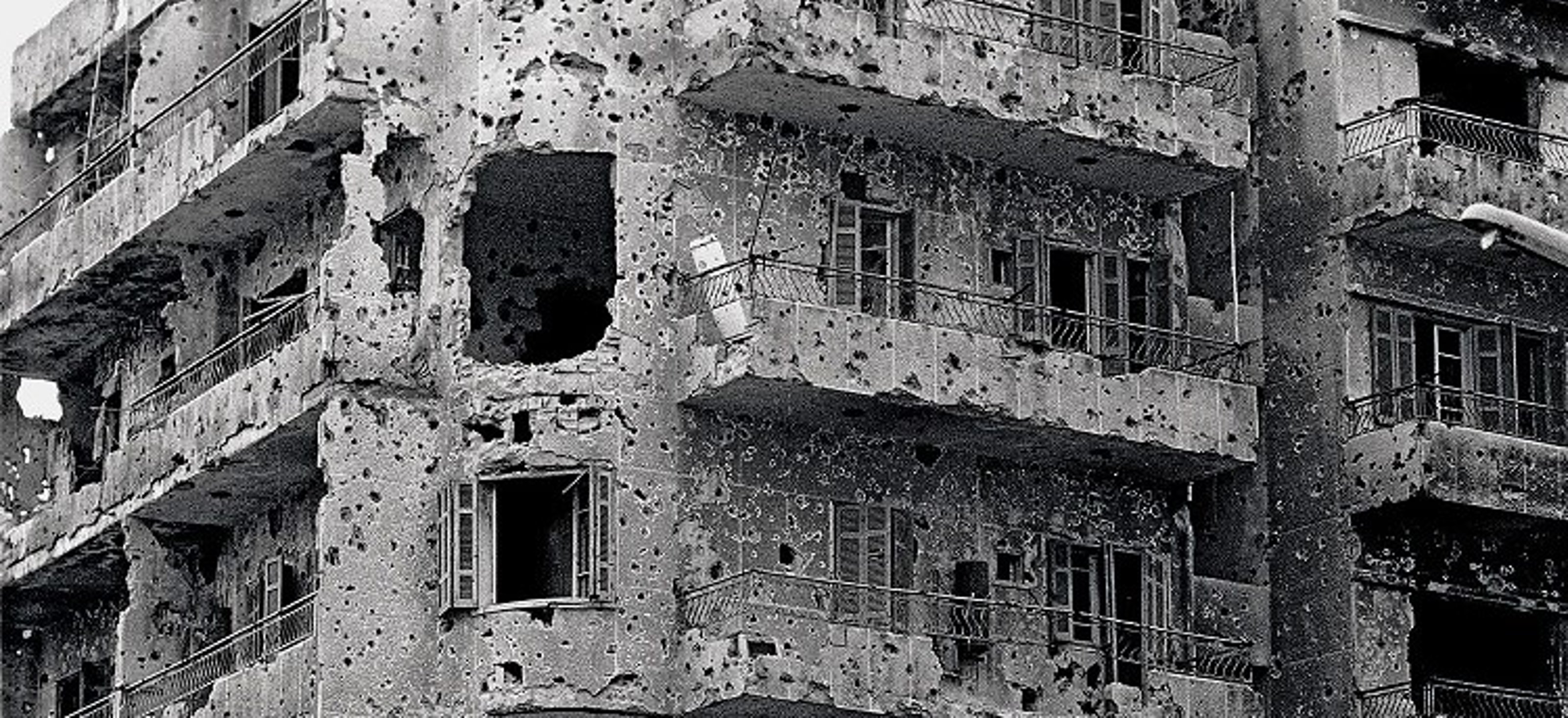
Lebanon’s political structure had been designed by the French colonial mandate positioning Lebanese Christians in power as the majority religion in the area. The Muslim minority in Lebanon had always been the largest of the diverse religious groups but significantly increased with the influx of Palestinian refugees first in 1948, and then in 1967. The Lebanese Civil War (1975-1990) was a multifaceted conflict that tore apart the fabric of Lebanese society and reshaped the Middle East. What began as tensions between Christian and Palestinian armed groups quickly evolved into a broader struggle involving numerous Lebanese religious sects, political factions, and foreign powers. Syria, Israel, and other states intervened militarily, turning Lebanon into a proxy battlefield.
Stills: Basel Abbas and Ruanne Abou-Rahme / Collapse, 2016
The war devastated Lebanon's infrastructure and economy, claimed an estimated 120,000 lives, and displaced nearly a million people. Israel played a significant role in the Lebanese Civil War, initially supporting Christian fascist militias as proxies against Palestinian armed groups operating from Southern Lebanon. In 1978, Israel launched Operation Litani in response to PLO attacks, and in 1982 launched a full-scale invasion known as Operation Peace for Galilee, reaching as far as Beirut. The invasion aimed to eliminate PLO infrastructure in Lebanon and install a more Israel-friendly government. The conflict finally ended with the 1989 Taif Agreement, which adjusted the power-sharing formula between Christians and Muslims and gave Syria a dominant role in Lebanese affairs.
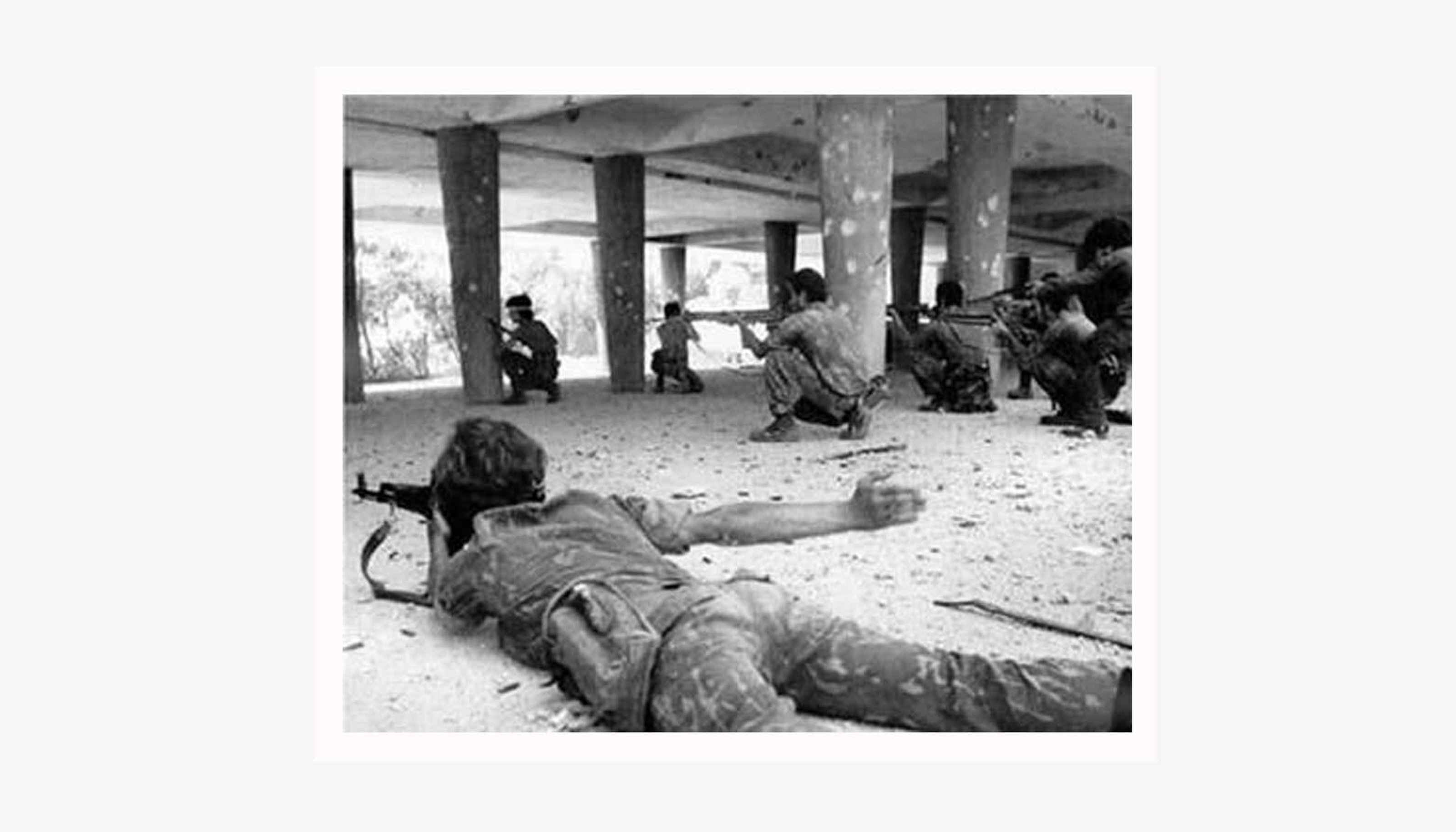
While the agreement brought an official end to the fighting, it left many underlying issues unresolved, including the disarmament of militias such as Hezbollah, and the status of Palestinian refugees. While Israel succeeded in forcing the PLO's evacuation from Lebanon, the occupation had unintended consequences, including the emergence of Hezbollah as a powerful resistance movement. Israel maintained a self-declared "security zone" in southern Lebanon through its proxy, the South Lebanon Army (SLA), until its final withdrawal in 2000.


Daniela Ortiz’s 'The ABC of Racist Europe' uses the format of a children’s book as a pedagogical tool against the rise of fascism and racism within European colonial institutions. The history of Palestine and the broader Middle East region is replete with foreign intervention, particularly from Western Europe. The Nazi regime’s Haavara Transfer Agreement helped in sending early recruits for the Zionist cause, shifting the balance of power. Later, it was European arms transfers and the import of European soldiers that gave Israel the military force to win the first Arab-Israeli war. Eventually, US diplomacy and its policies of normalization between Arab states and Israel—exemplified by the handshake between Jimmy Carter, Menachem Begin, and Anwar el-Sadat—came to take over Europe’s imperial role. The work of Daniela Ortiz illustrates how these manipulations of geopolitical borders and social arrangements affect the daily lives of the global majority. Ironically, such workings became even more transparent in the summer of 2023, when an antisemitism committee was formed to assess Ortiz’s works that were on display in Germany. The Kunsthalle Bonn installed plaques next to the work, delegitimizing its content based on the assessments of the committee that was also involved in the antisemitism allegations against Document 15. The methods of institutional platforming and de-legitimization directly visualize the ways in which Europe aims to control not only migratory flows but also the spread of thoughts and ideas that seek popular liberation.
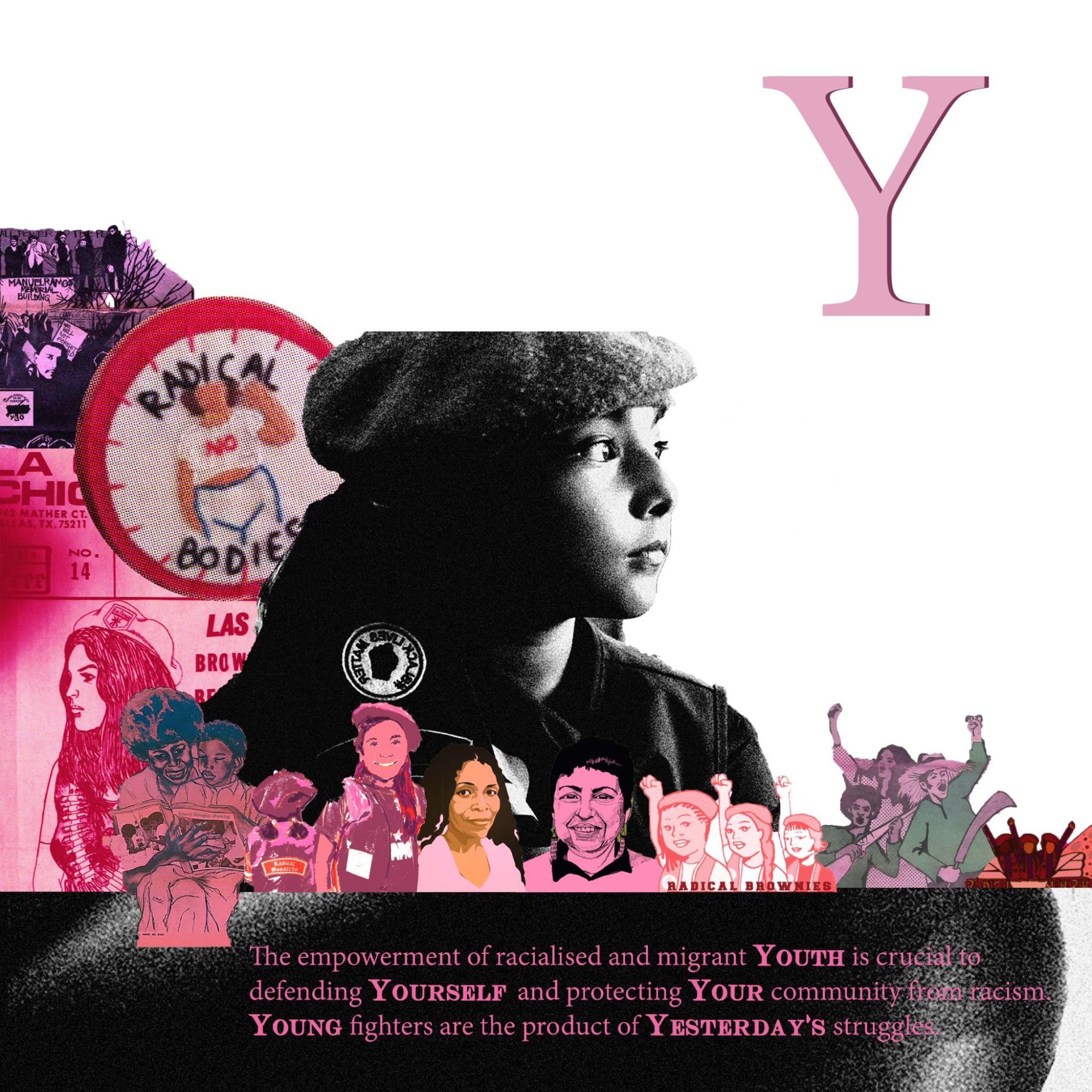
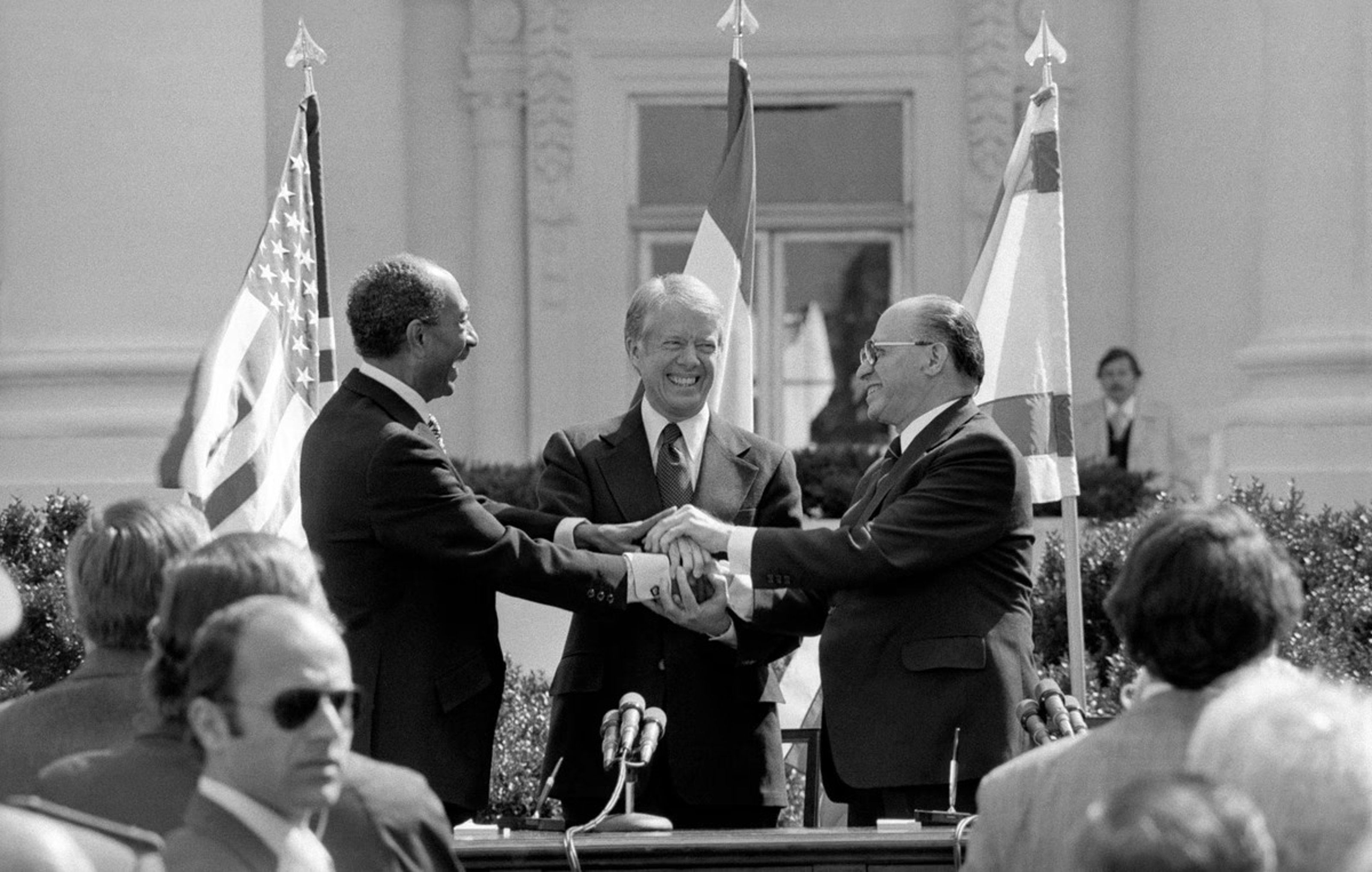
The Egypt-Israel Peace Treaty of 1979 marked a historic turning point in Middle Eastern relations, coming after decades of conflict and following intense negotiations at Camp David mediated by US President Jimmy Carter. The treaty, signed by Egyptian President Anwar Sadat and Israeli Prime Minister Menachem Begin on March 26, 1979, made Egypt the first Arab state to officially recognize Israel. The agreement called for Israel's complete withdrawal from the Sinai Peninsula, which it had occupied since the 1967 Six-Day War, and established normal diplomatic and economic relations between the two countries.
The treaty proved highly controversial in the Arab world, leading to Egypt's temporary suspension from the Arab League and Sadat's assassination in 1981 by groups who opposed the agreement. Nevertheless, the treaty has endured for over four decades and is the first example of how the United States has achieved the normalization of Israel in the Arab world through its continued support for countries willing to concede on this matter. Israel completed its withdrawal from the Sinai in 1982, and while the relationship between the two countries is often described as a "cold peace," their diplomatic and security cooperation has remained intact through multiple regional crises and changes in leadership.

Lawrence Abu Hamdan’s 'Air Pressure (Diary of a Sky)' compiles audio recordings from Israeli fighter jets and drones flying over Lebanon throughout the year 2020-2021. The film reveals these fighter jets’ real purpose: to slowly transform the quotidian Beirut landscape they ceaselessly fly over into an overhead space of psychological warfare, where the constant sound of potential escalation actively intimidates civilians. The video work weaves together a thesis about the politics of sound—an area that is often left out of image-based media—and its connections to militarist power.
The information collected in this piece is intricately connected with the not-for-profit organization Earshot—which produces audio investigations for human rights and environmental advocacy.
Excerpt: Lawrence Abu Hamdan / Air Pressure (Diary of a Sky), 2003
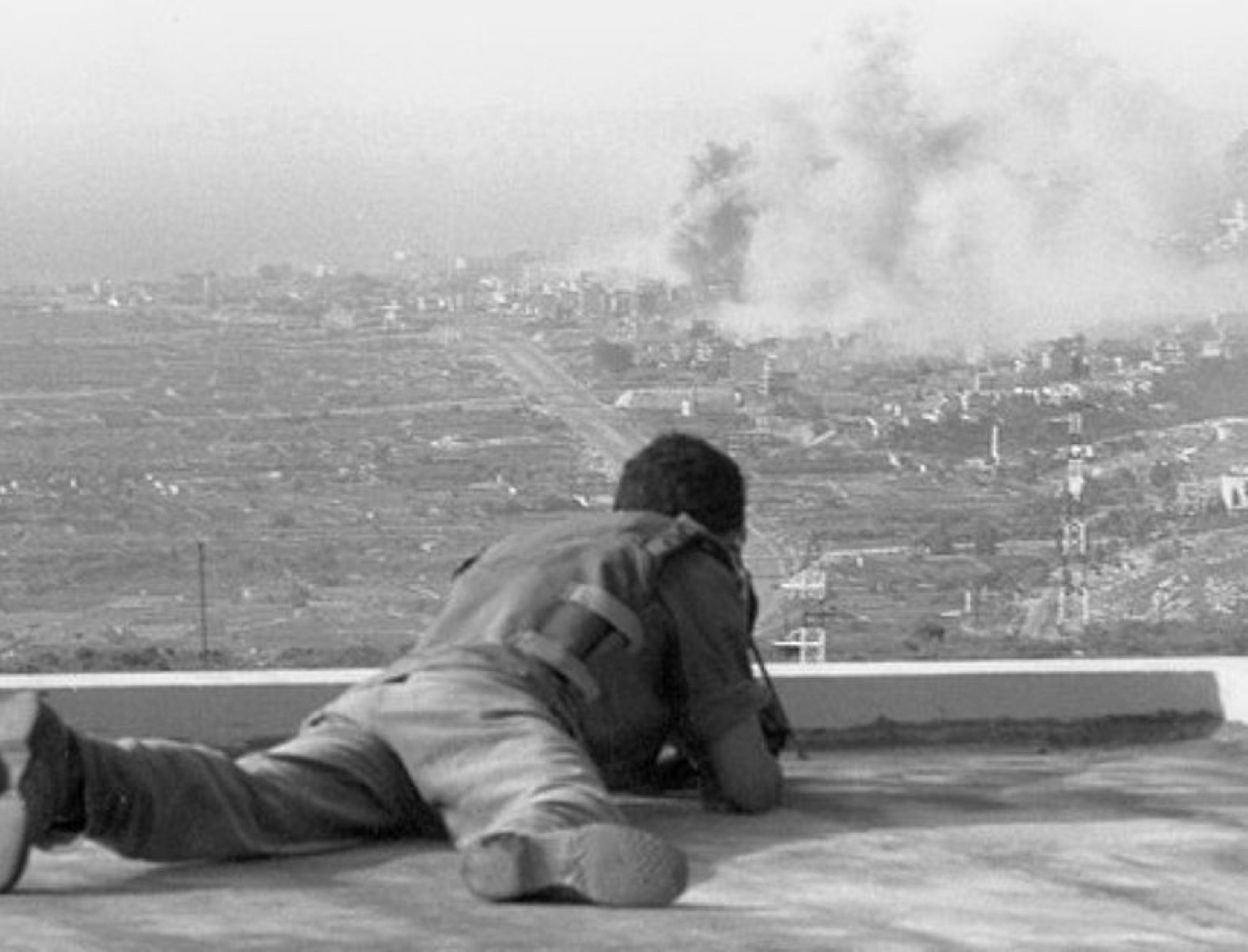
The 1982 Israeli invasion of Lebanon, known as "Operation Peace for Galilee" by Israel, was launched on June 6, 1982, following the attempted assassination of Israel's ambassador to the United Kingdom. The Israeli Defense Forces (IDF) initially stated their objective was to push Palestinian militant groups, particularly the PLO, back 40 kilometers from the Israeli border to prevent rocket attacks. However, the operation quickly expanded into a full-scale invasion, with Israeli forces advancing all the way to Beirut and eventually occupying southern Lebanon.
Excerpt: Lawrence Abu Hamdan / Air Pressure (Diary of a Sky), 2003
The invasion resulted in the expulsion of the PLO from Lebanon to Tunisia but also led to the emergence of Hezbollah as a powerful force in Lebanese politics and society. The conflict caused significant civilian casualties and destruction in Lebanon, with estimates ranging from 6,000 to 17,000 Lebanese and Palestinian deaths. It also proved costly for Israel, both in terms of military casualties and international reputation, as the siege of Beirut and the Sabra and Shatila massacre drew widespread condemnation. The invasion marked the beginning of Israel's 18-year military presence in southern Lebanon, which lasted until 2000 and was broken again in 2024. Despite the absence of the Israeli military within Lebanon during those 23 years, Lebanese airspace has never been free of Israeli drones.

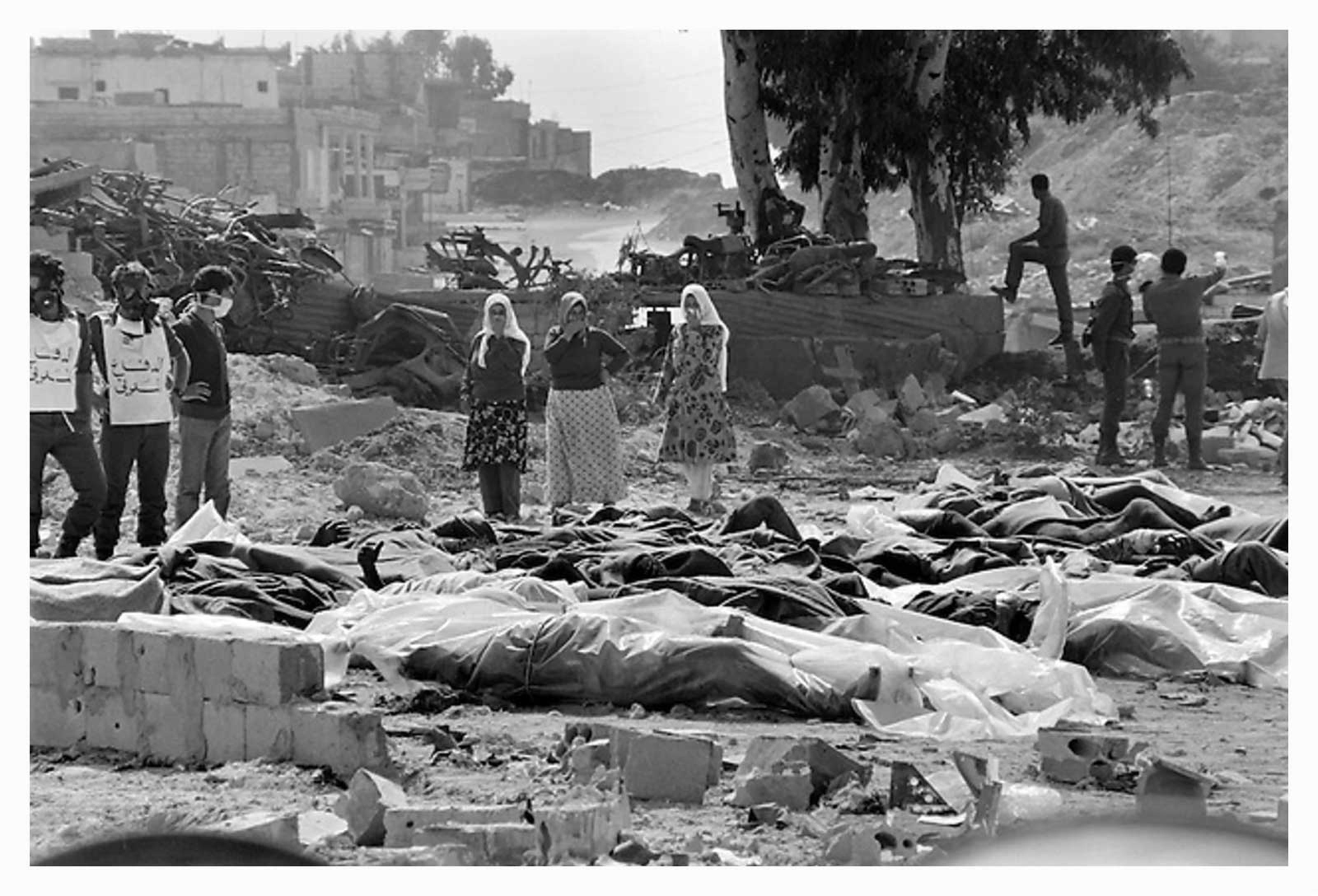
The Sabra and Shatila massacres occurred from September 16-18, 1982 in Beirut, Lebanon, during the Lebanese Civil War. The killings took place in two Palestinian refugee camps after Israeli forces had surrounded and controlled access to the area. Lebanese Christian Phalangist militias, allied with Israel, systematically murdered between 460-3,500 Palestinian and Lebanese civilians, including women, children, and elderly people, in an act of revenge and ethnic violence following the assassination of Lebanese President-elect Bashir Gemayel.
Excerpt: Lawrence Abu Hamdan / Air Pressure (Diary of a Sky), 2003
The massacre was conducted while Israeli forces, led by Defense Minister Ariel Sharon, were in full control of the area and providing logistical support to the Phalangist militias. Despite knowing the potential for violence, Israeli forces allowed the militias to enter the camps and did not intervene to stop the killings. International condemnation was swift, with the United Nations General Assembly declaring the massacre an "act of genocide." An Israeli investigation, the Kahan Commission, found Sharon indirectly responsible and recommended his removal from the defense minister position, though he was not criminally prosecuted at the time.

Born in 1929 to Palestinian parents in Cairo, Yasser Arafat became one of the most well-known figures in the Palestinian cause thirty years later, when he founded Fatah in 1959 alongside other exiled Palestinians. As a Fatah member, Arafat was central to the advancement of armed struggle as a tool for Palestinian liberation, successfully inducing the PLO to launch guerrilla operations soon after its 1964 establishment, as well as pushing Fatah to begin armed resistance in the West Bank in 1967. The 1968 Battle of al-Karama saw Arafat mobilize guerrilla troops to defend the West Bank, and successfully inflicted significant losses on the Israeli army—ultimately inspiring young men to join the resistance, and allowing for the movement’s growth.
These successes contributed to Fatah’s growing influence over the PLO, which resulted in the February 1969 election of Yasser Arafat as the president of the PLO Executive Committee. A few years later, Arafat’s leadership became a point of contention after tensions between Christian and Palestinian armed groups led to the eventual outbreak of the Lebanese Civil War in 1975.
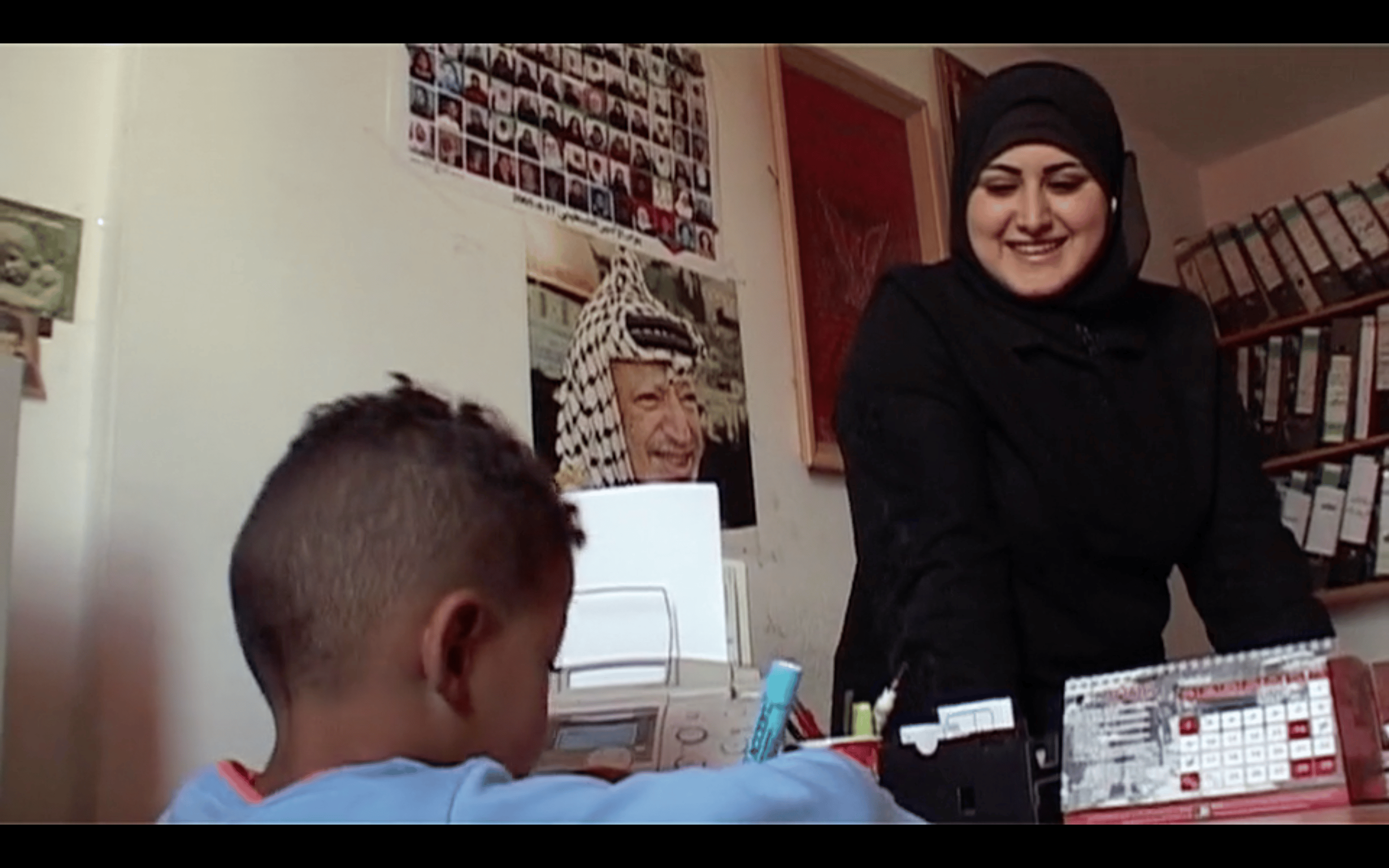
Still: Akram Al-Ashqar / First Picture, 2006
Syria’s intervention, as well as its desire to assert itself as leader of the Palestinian cause, conflicted with Arafat’s attempts to assert PLO authority in Lebanon. While Arafat’s famous 1974 UN General Assembly speech brought the Palestinian issue to the forefront of diplomacy—marking a significant moment in international recognition of the struggle—dissatisfaction with Arafat’s leadership and his willingness to negotiate peace came to a boiling point by 1982.
Seizing the moment, Israel invaded Lebanon, pushing him and other PLO leaders out of the country, leaving them incapable of containing the internal disputes that followed. In May 1983, pro-Syrian military commanders, the “leftist” current within the movement, broke away to form a new faction: the “Fatah-Intifada [uprising].” The internal split manifested in clashes between Fatah “defectors” and “loyalists” in Lebanon and Tripoli, which ultimately led the PLO to split into three in 1984. While the factions didn’t reconcile until after 1986, and while Arafat’s views never ceased to be challenged, he continued to lead negotiation attempts, and continued to exercise the role of president of the PLO Executive Committee until his death in 2004.

Juliana Huxtable is a musician, DJ, visual artist, and activist who moves fluidly through New York’s underground electronic music scene and the contemporary art world. As both a solo artist and a member of collectives like House of Ladosha and Shock Value, she crafts sonic landscapes that merge experimental electronic elements, industrial textures, and spoken word. Huxtable creates spaces where identity and resistance are continuously reframed through myth and narrative. Her performances are raw and meticulous, embodying the tension that defines her visual and literary work.
Huxtable is an outspoken activist, using her practice to challenge systems of oppression. A fierce advocate for transgender rights and racial justice, she has also been a consistent and forceful supporter of Palestinian liberation. Through her art, music, and social media presence, she calls for strategic boycotts, cultural solidarity, and a refusal to participate in structures that uphold systemic violence. For Huxtable, creation and resistance are inseparable—her work is not just a reflection of the world but a confrontation with it.

Juliana Huxtable / SCALING (detail), 2022. Part of Akimbo Spittle (2022) at Project Native Informant, London.
The decades after the Nakba began the slow unravelling of international organisations—such as the UN and its refugee agencies—as the alliance of Israel and Western forces chipped away at their power. Military and legal offensives against the Palestinian population advanced Zionist policies, meeting both peaceful and violent protests with greater violence as Israel expanded its borders into the West Bank and the Golan Heights. Organised Palestinian militias and political parties were established in exile, concurrently with strong cultural developments in literature, visual arts, and cinema among the swelling diaspora. Against all odds, and in defiance of the world’s Western superpower, Palestine was not wiped off the map, but defined itself more clearly, and gained more strength than ever through networks of international rebellion. Resistance emerged from the poetry of Ghassan Kanafani and Mahmoud Darwish, from the design of Marc Rudin, and from Jean Genet’s or Jean-Luc Godard’s journey to Palestine. The fight continues to surface in the works of contemporary artists from the diaspora, and in displays of global solidarity. By the mid 1980’s, the ground was set for prolonged revolution against Zionist land theft, dispossession, legal violations, apartheid, and occupation. The decades laid out in this chapter produced the conditions for the path to Intifada.

